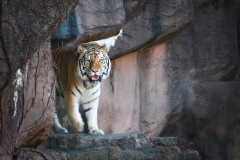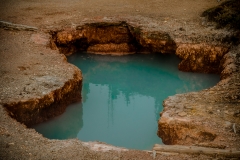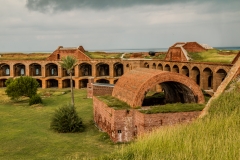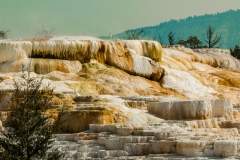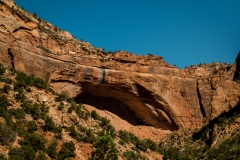The Ultimate Travel Guide to Dry Tortugas National Park
Have you ever visited a National Park surrounded by water? And what if I say that the park can be reached only through boat or seaplanes? Isn’t that interesting? If it interests you, then you should visit Dry Tortugas National Park which is 70 miles west of Key West, Florida. The seven keys – Garden, Loggerhead, Bush, Long, East, Hospital, and Middle with rich cultural heritage are collectively known as Dry Tortugas. If you visit Keys, then I would highly recommend you to plan an entire day for Dry Tortugas.
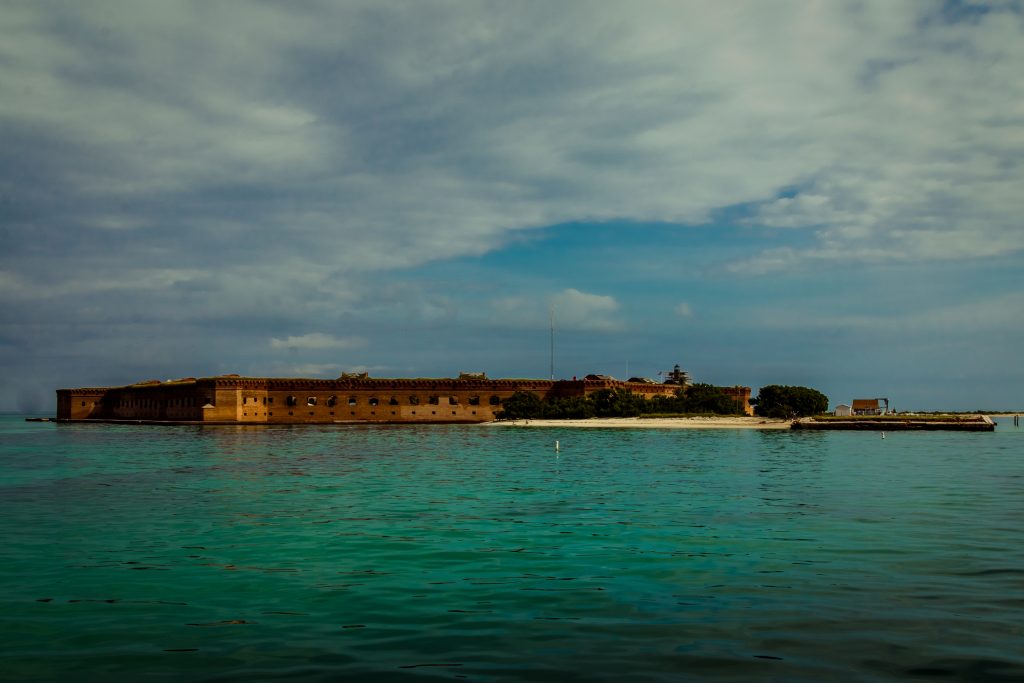
Dry Tortugas – What is it?
Dry Tortugas is a National Park located in the Gulf of Mexico with white dreamy beaches and clear blue waters blessed with abundant Marine life and birds. It is situated on the edge of the main shipping channel between the Gulf of Mexico, the western Caribbean, and the Atlantic Ocean.
Juan Ponce de Leon, European discovered the land on June 21, 1513. He caught 160 sea turtles on the land and hence named it as “Tortugas” which in Spanish means Turtles owing to the large population of Turtles in the land. Later it was referred to as Dry Tortugas due to the absence of fresh water on the island. Even now, you cannot find fresh water in the park. The campers are requested to bring their own fresh water supply. Later Florida was acquired from Spain by the United States in 1822. Dry Tortugas was seen as a strategic point for water transportation. Later a lighthouse was built on Garden Key in 1825 to warn the incoming vessels of the dangerous coral reef. In 1856, another lighthouse was built in Loggerhead which eventually replaced Garden Key. The coral reefs in the islands is a serious navigation hazard to ships passing through the straits and these reefs have become ship trap which caused hundreds of shipwrecks.
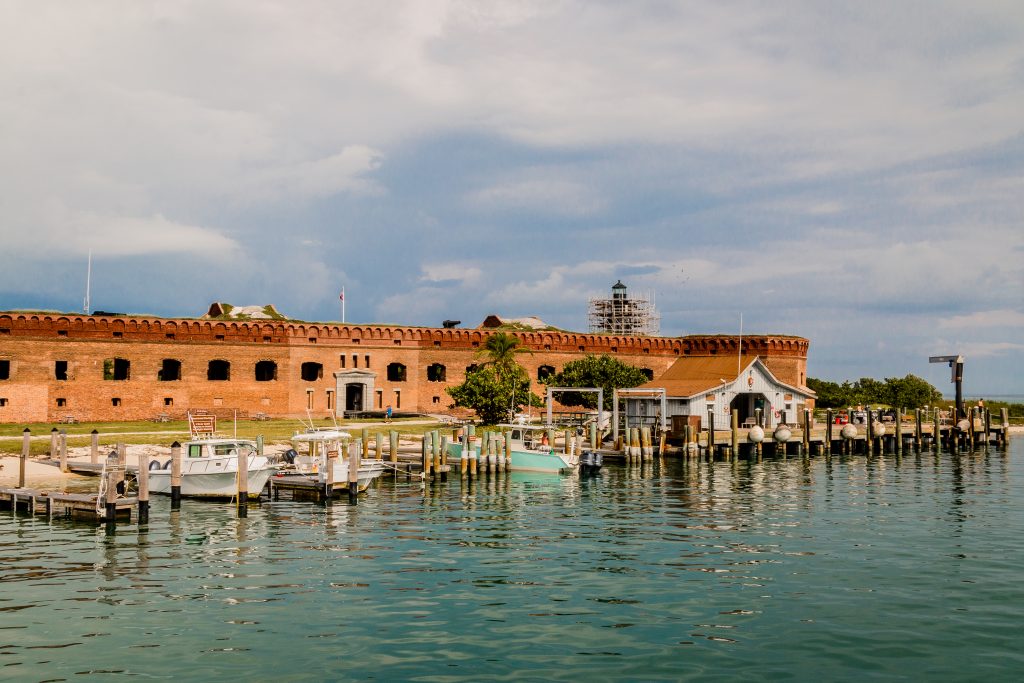
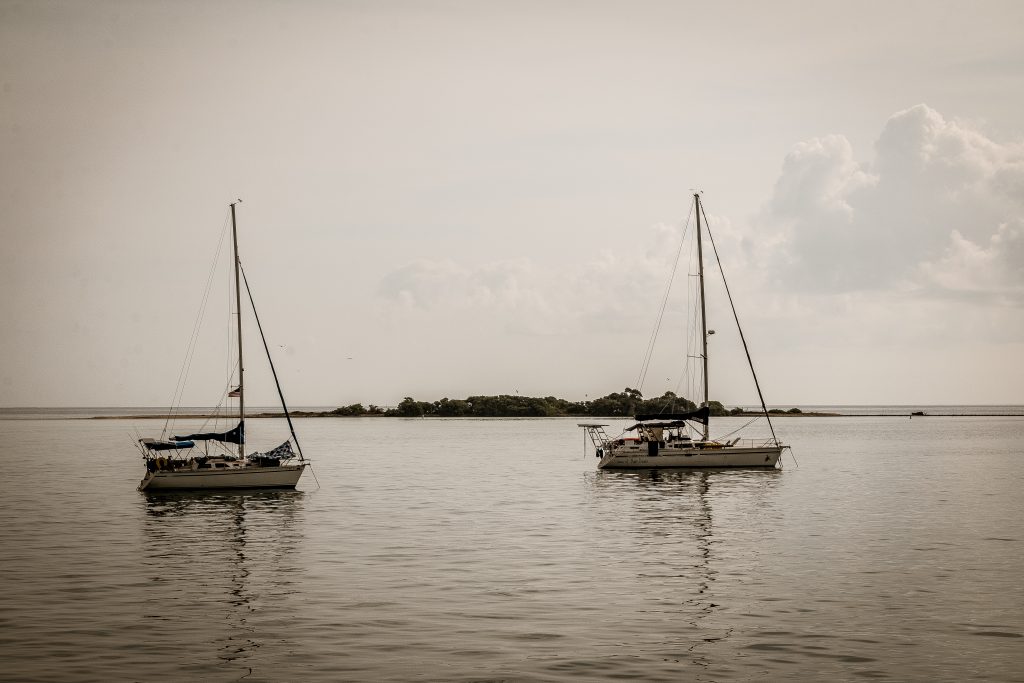
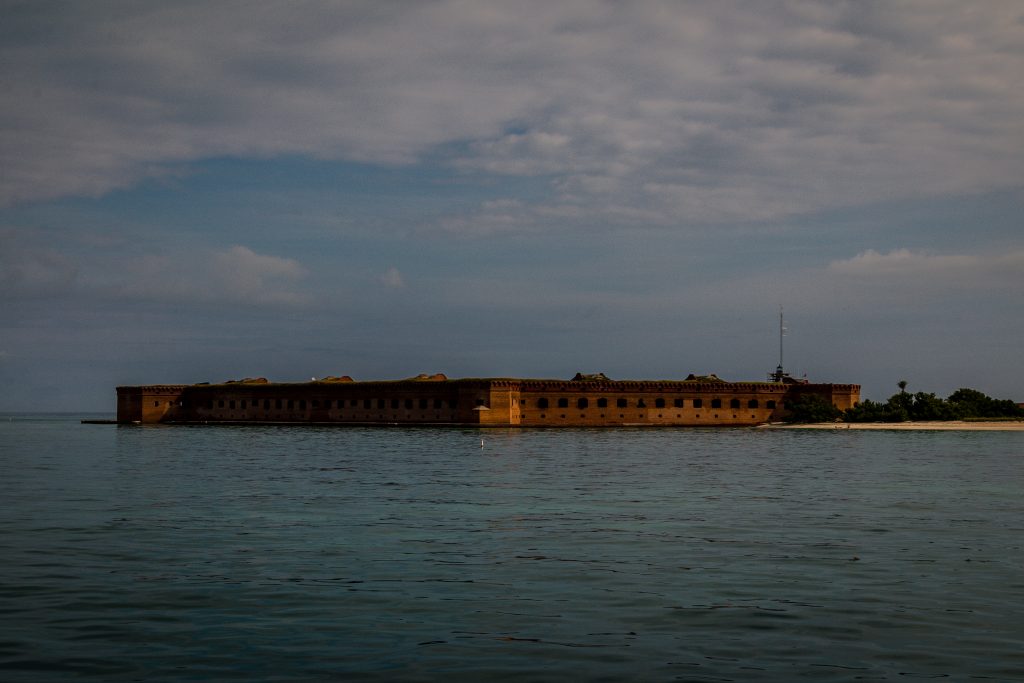
Later the government constructed Fort and it was half complete in 1860, which was stopped during American Civil War. The fort was then used as a military prison and the prisoners charged with the conspiracy of President Abraham Lincoln were imprisoned in the fort. The fort was used as prison till 1874 and it stopped with the introduction of coal-fueled ships.
The Fort was designated as National Monument by President Franklin Roosevelt in 1935. The monument was expanded in 1983 and was later designated as National Park in 1992.
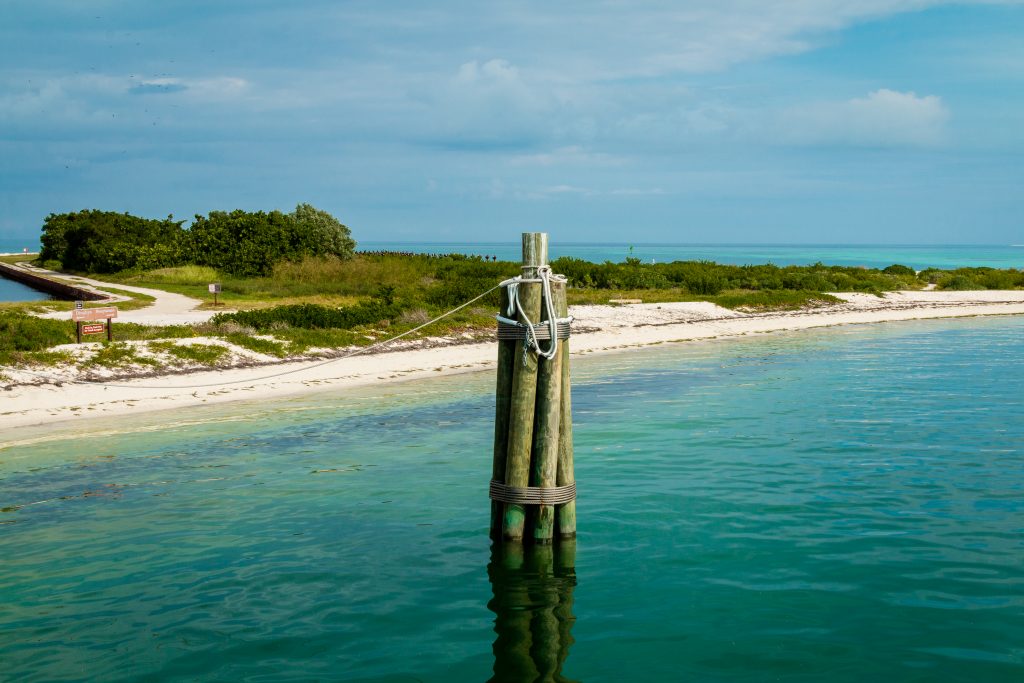
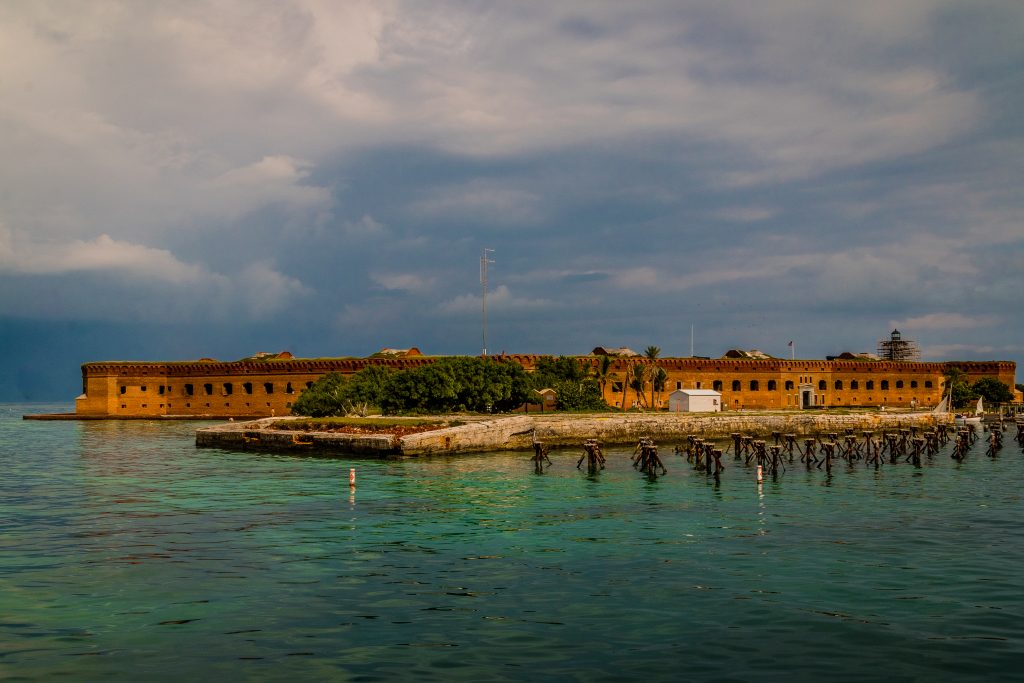
How to access Dry Tortugas?
Dry Tortugas can be accessed only through the seaplanes, ferry or through private boats. Yankee Freedom 3 is the official ferry for Dry Tortugas National Park and it is the most affordable way to access the park. We booked Yankee Freedom for the day and we reached around 7 AM to board the ferry. The ferry starts at 7: 30 AM and reaches the fort by 10:15 AM. The ferry then starts back from the park by 3 PM and reaches Key West around 5:15 PM, leaving you with 4 hours on hand to explore the park. The 2.5 hours ferry ride through the clear blue waters is an amazing experience by itself. Breakfast and lunch are provided in the ferry itself. They do provide complimentary snorkeling equipment but then if you are beginners like us, then I would highly recommend you to bring yours.
Seaplane takes 40 minutes to reach the park leaving you more time to explore the park but then seaplane was costly hence we booked for the ferry ride.
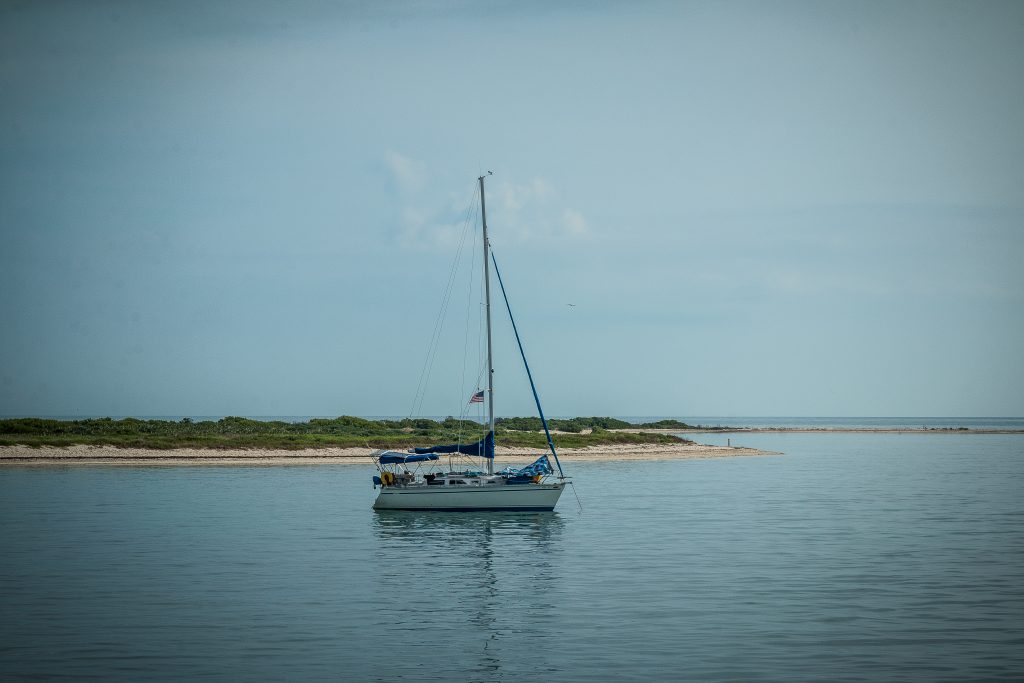
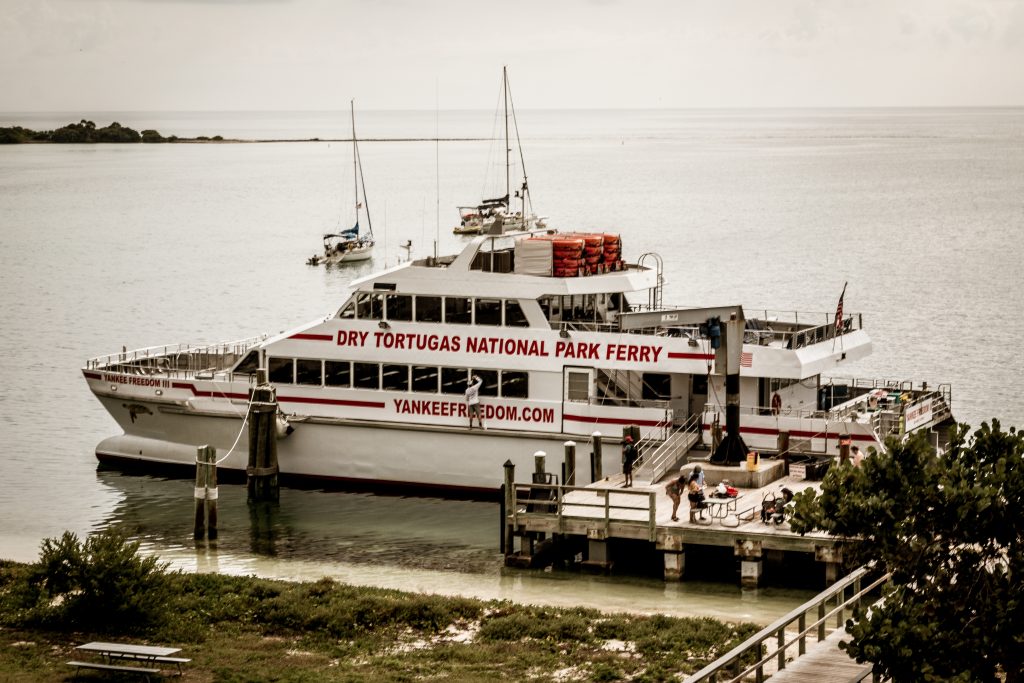
We had a great time with Mike and his papa discussing food, culture, vacation trips and common interests. We were happy to know that they live close by in Virginia and visit Pittsburgh once a month. And what’s more interesting was they both love Indian food and explained how they cook Indian food for their feast lunch occasionally. Mike also has his own YouTube channel where he shares about his experiences, vacation tips, and adventures. I highly recommend you to take a look at his channel for more adventure videos. They were our swimming gurus and helped us to have the best experience in the park.
As you near the park, you will see the beautiful fort constructed with bricks surrounded by waters. Also, on the way, you will get a glimpse of the birds and also small fishes on the sea. You might see a dolphin if you have luck. The ferry or seaplanes take you directly to the Garden Key where you can find Fort Jefferson and it is the second largest key in the Dry Tortugas. And the one with the most human impact.
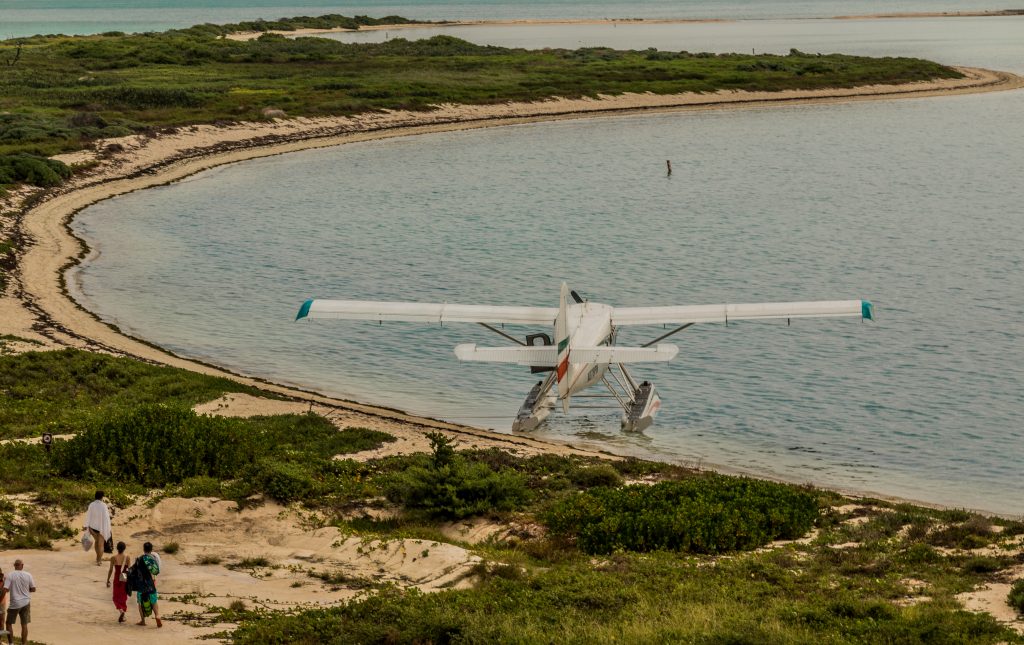
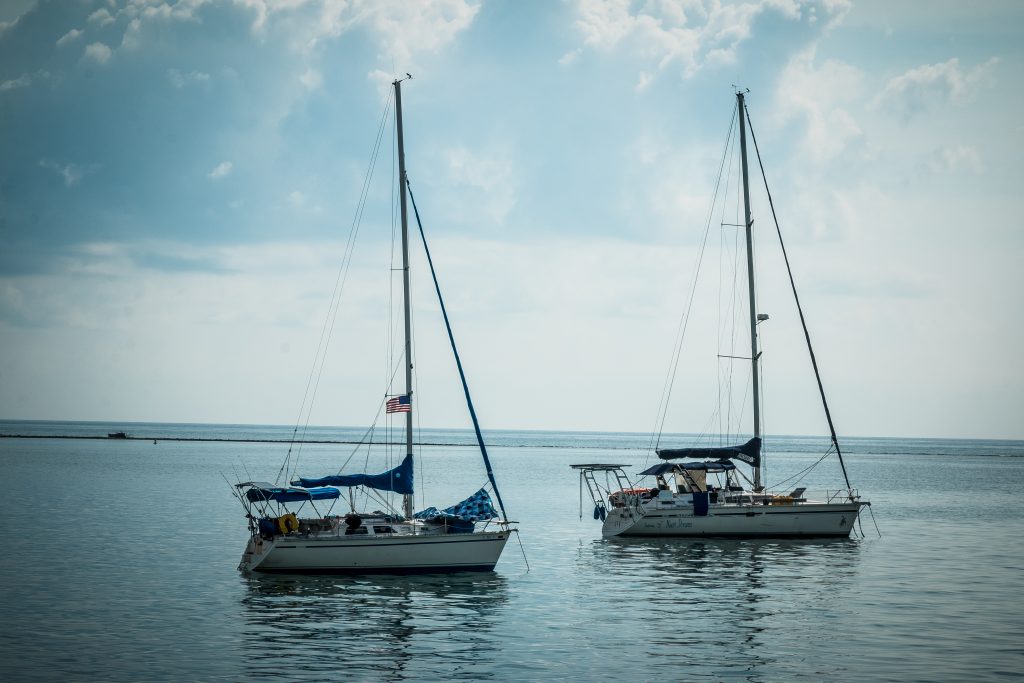
Dry Tortugas National Park:
Garden Key – The ferry or seaplanes takes you directly to the Garden Key where you can find Fort Jefferson and it is the second largest key in the Dry Tortugas. And the one with the most human impact.
Loggerhead Key – The largest island in the Dry Tortugas and is home of many shipwrecks. There is public transportation available to this island. Access is limited to the private vessel or kayak/canoes brought to the park via the ferry. If you bring your own canoe/kayak to the park on the ferry you’ll need to make advance arrangements due to limited capacity on the boat. The island known for Loggerhead sea turtles is only for day use.
Bush Key – A rare undeveloped tropical island. The island is home to birds during their breeding season. You can stroll along the 1-mile shoreline from sunrise to sunset. Bush Key closes every year around February to September, when up to 80,000 sooty terns and 4,500 brown noddies make nests and raise their young on the island. This is the only significant breeding colonies of sooty terns and brown noddies in the United States. Due to the dynamic landscape and shifting sands, at times Bush Key is accessible to Garden Key via a land bridge, at other times Bush Key is only accessible via kayak or canoe
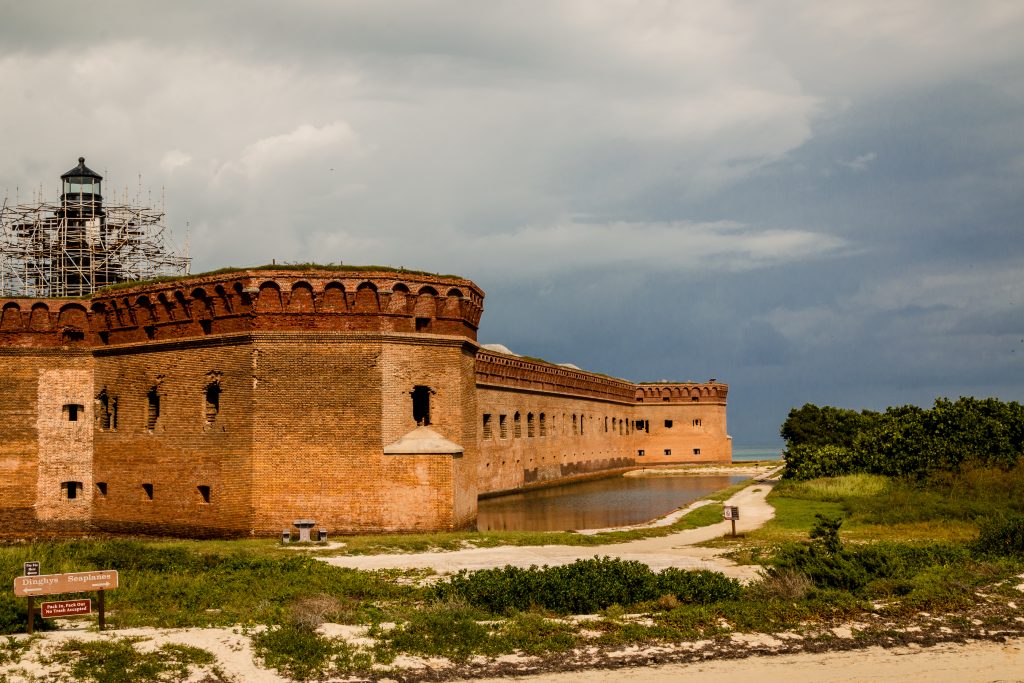
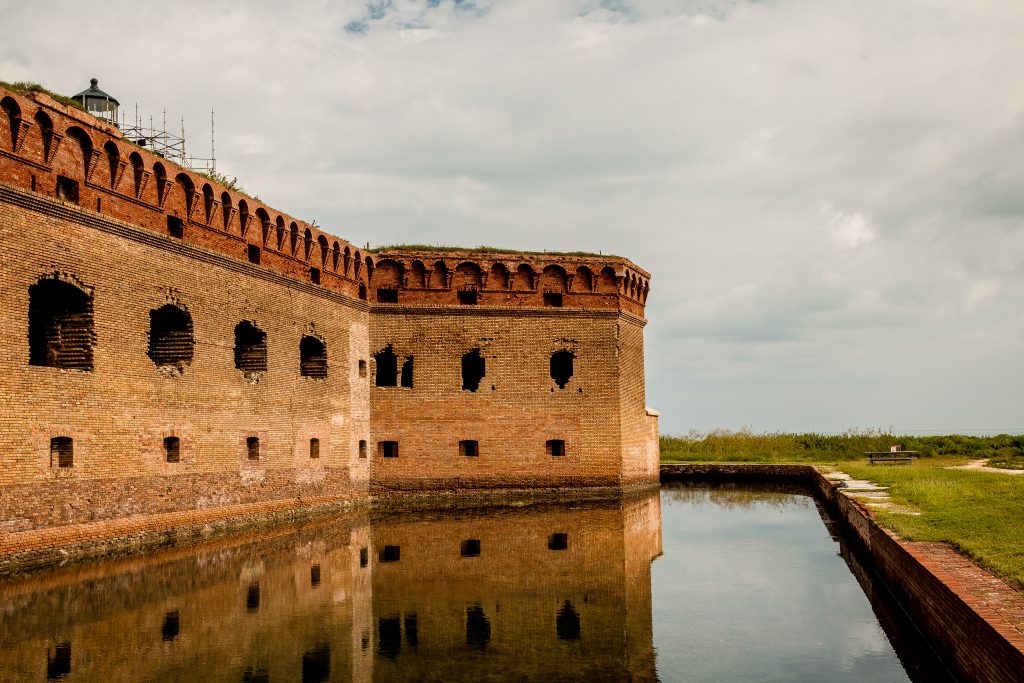
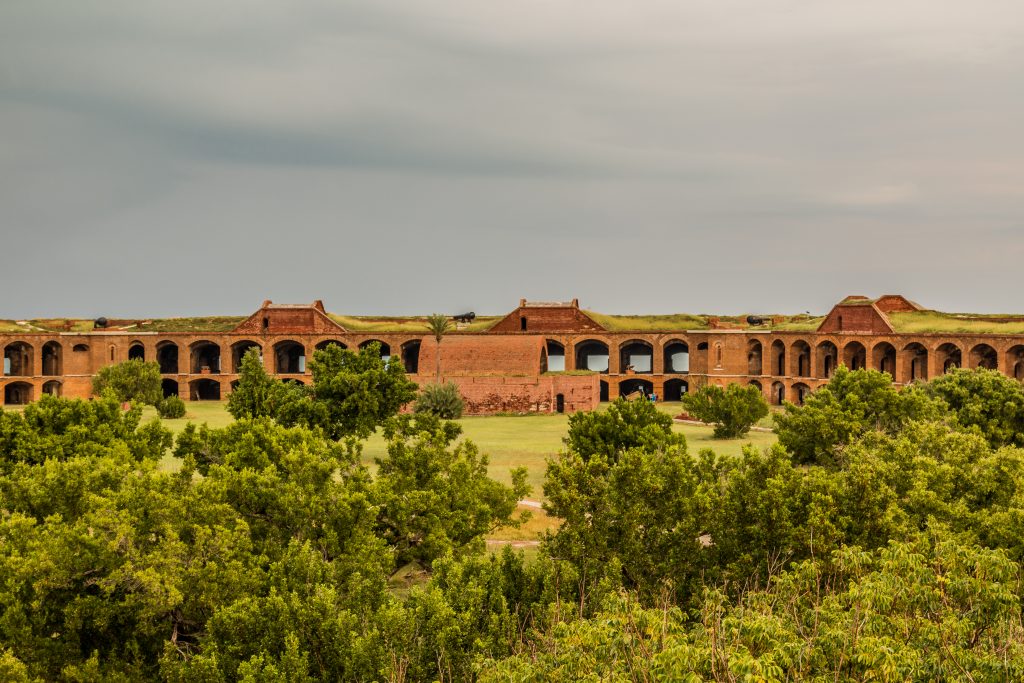
FAST FACTS:
- Biscayne and the Dry Tortugas are both home to extensive coral reefs that are extremely fragile.
- Bush Key is usually open from mid-October to mid-January.
- North Coaling Dock ruins and Coral heads are good for snorkeling.
- Snorkel at your own risk in Dry Tortugas.
- Always snorkel with a buddy and do not collect shells or collect corals during snorkeling.
- Dry Tortugas National Park is home to about 30 species of coral, including Elkhorn and staghorn coral, both of which are listed as federally threatened under the Endangered Species Act.
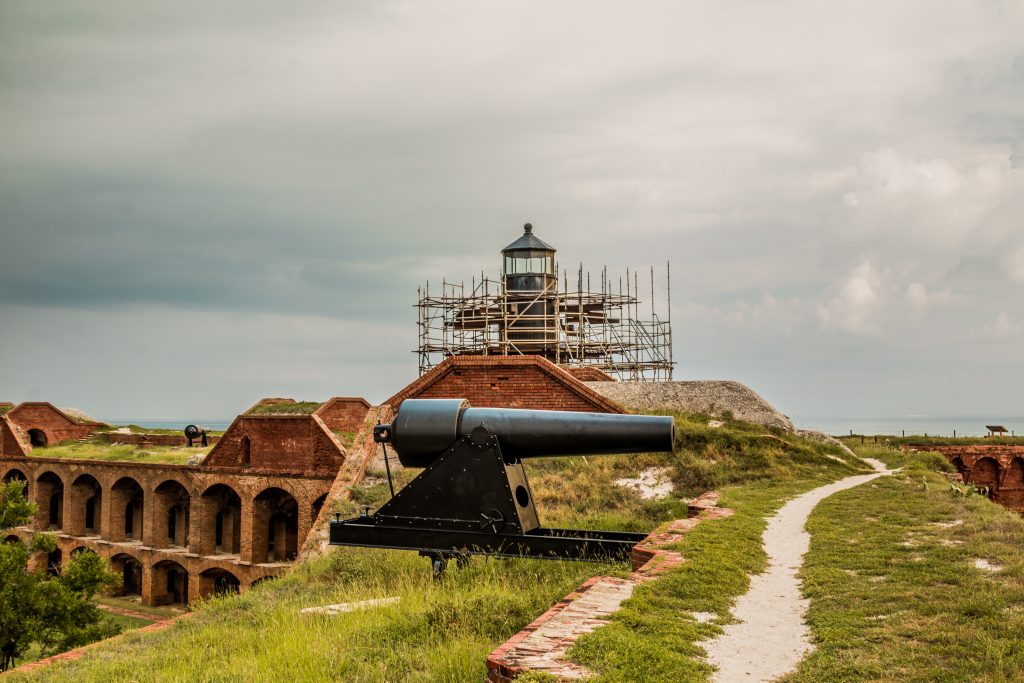

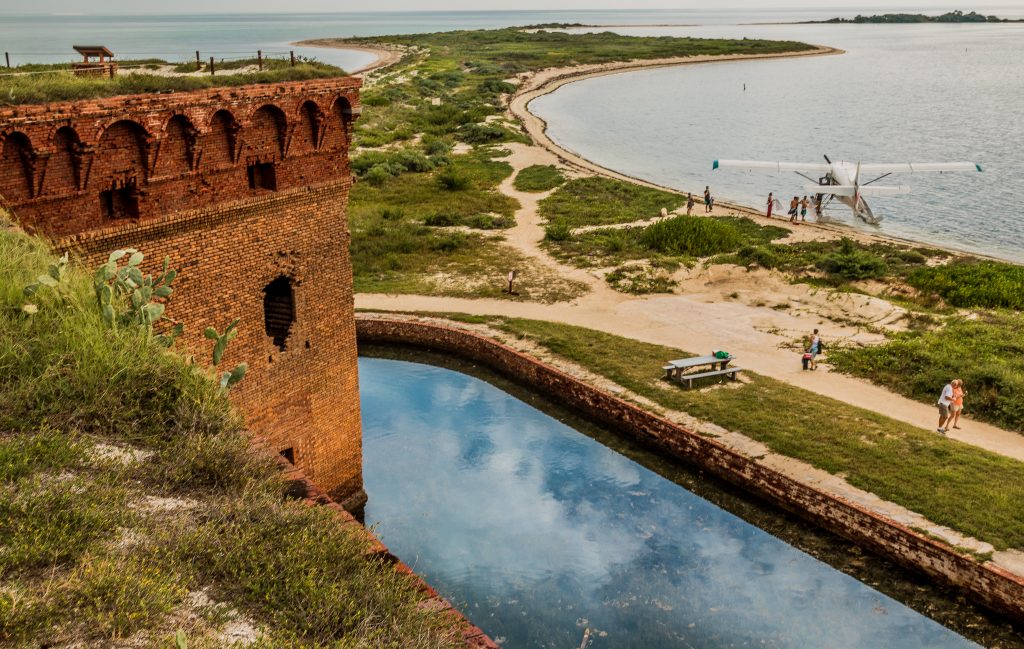
Things to do in Dry Tortugas:
Tour the Fort Jefferson
Fort Jefferson was built in Garden Key to protect one of the most strategic deep-water anchorages in North America. By fortifying this spacious harbor, the United States maintained an important “advance post” for ships patrolling the Gulf of Mexico and the Straits of Florida. Nestled within the islands and shoals that make up the Dry Tortugas, the harbor offered ships the chance to resupply, refit, or seek refuge from storms. The location of the Tortugas along one the world’s busiest shipping lanes was its greatest military asset. Though passing ships could easily avoid the largest of Fort Jefferson’s guns, they could not avoid the warships that used its harbor.
In enemy hands, the Tortugas would have threatened the heavy ship traffic that passed between the Gulf Coast (including New Orleans, Mobile, and Pensacola) and the eastern seaboard of the United States. It could also serve as a potential staging area, or “springboard” for enemy forces. From here they could launch an attack virtually anywhere along the Gulf Coast. It was one of the largest forts ever built and it was never finished or fully armed even after construction for 30 years.
Abandoned by the Army in 1874, the fort was later used as a coaling station for warships. In 1898, the USS Maine sailed into history, departing the Tortugas on its fateful mission to Havana, Cuba. Though used briefly during both world wars, the fort’s final chapter as “Guardian of the Gulf” had long since closed.
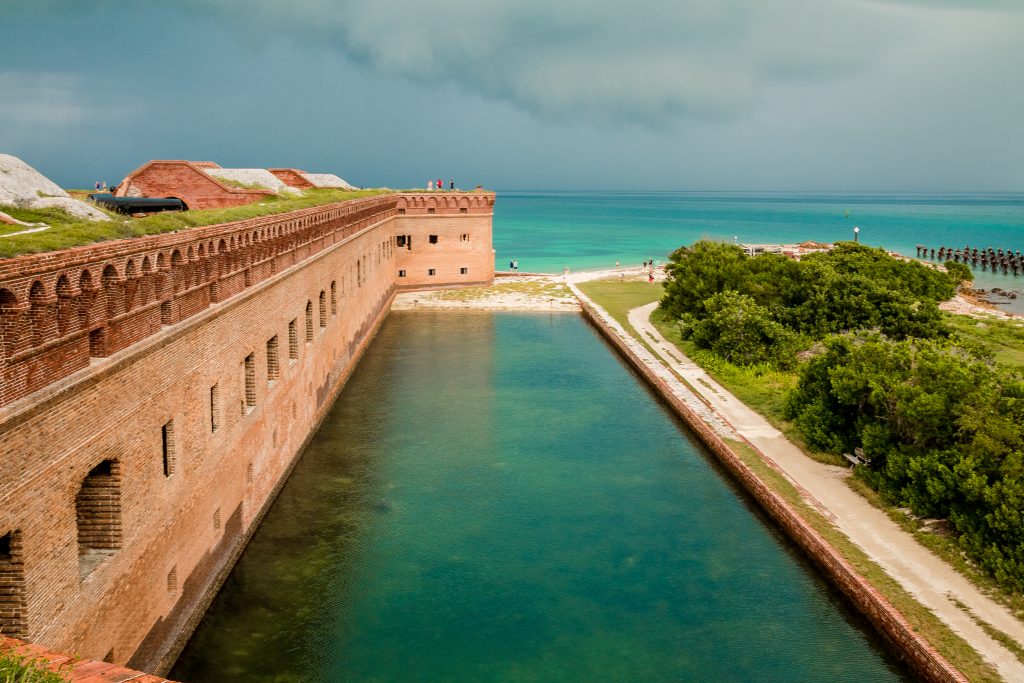
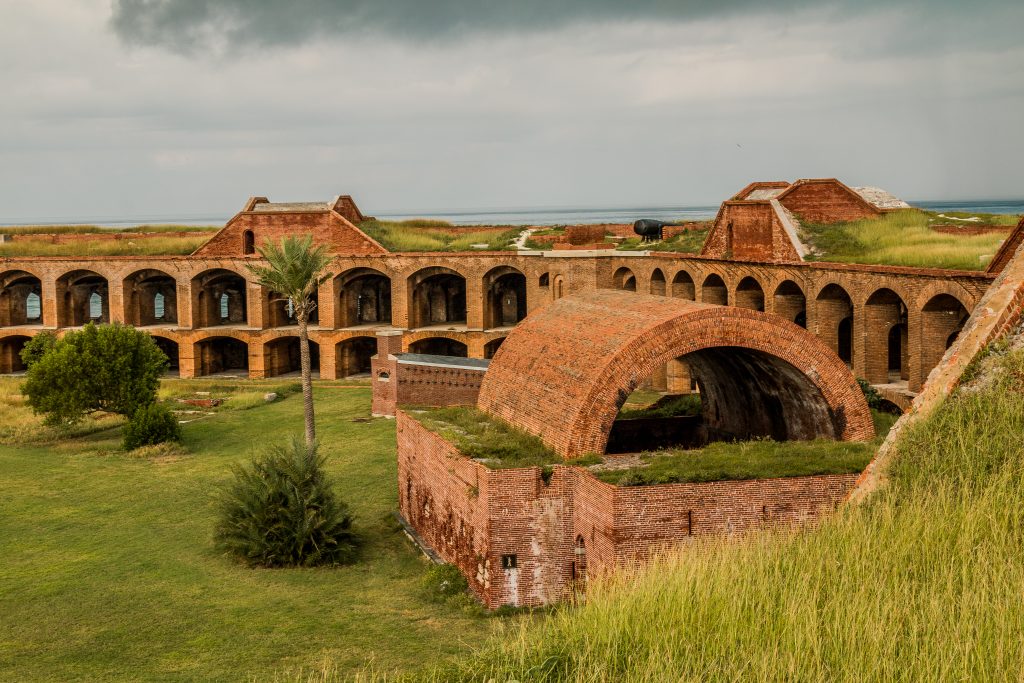
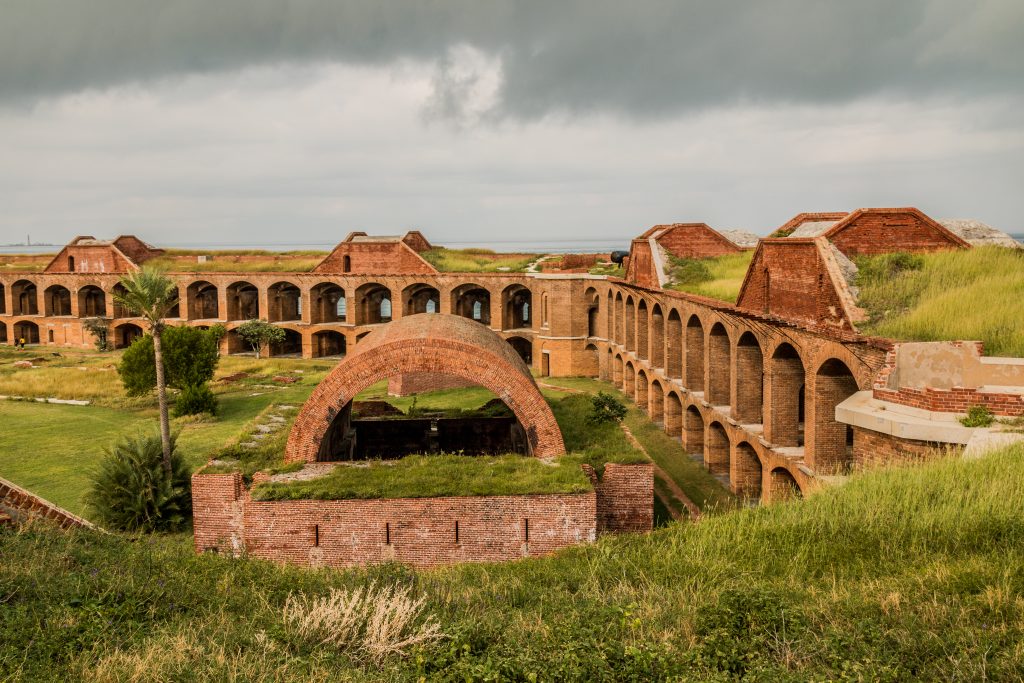
You can tour the Fort on your own or can take part in the guided tours. The guided tour starts near to the park’s visitor center and the park shop. The fort leaves you in surprise with its brick hallway and arches built. It also leaves you to wonder about the life of the prisoners in an isolated fort surrounded by water. The best views of the fort and the surrounding environment can be seen from the top of the fort which can be reached through the stairs in the interior corners of the fort.
Swim in the shoreline beaches
With less than 1% of Dry Tortugas National Park being dry ground, the best way to explore this beautiful national park is by getting in the water. Swim in the clear tranquil waters or take a stroll along the shoreline beaches.
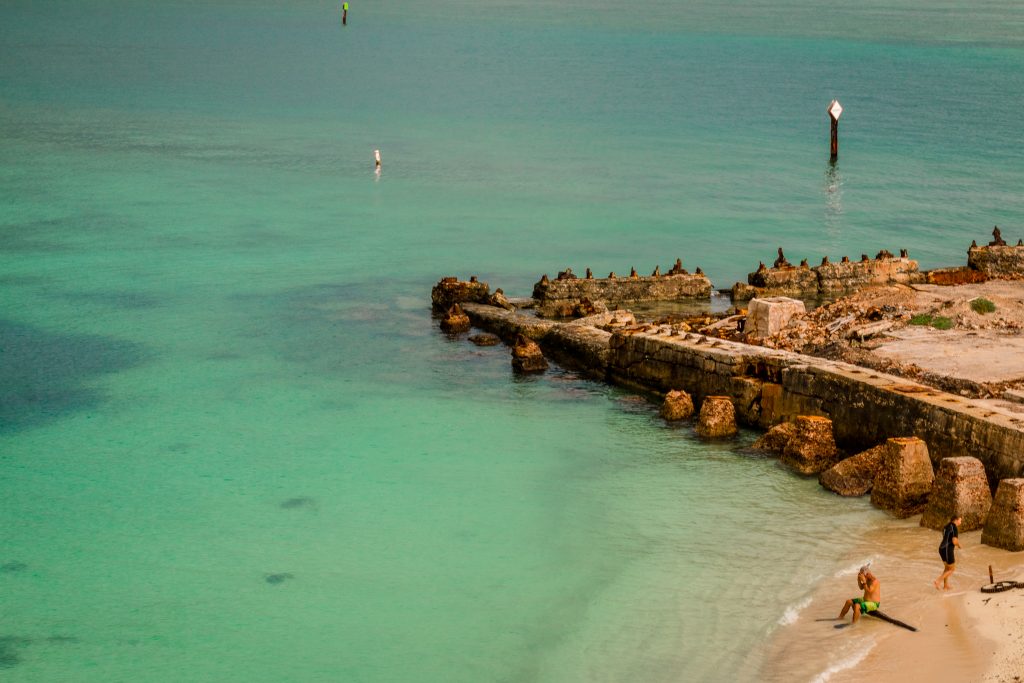
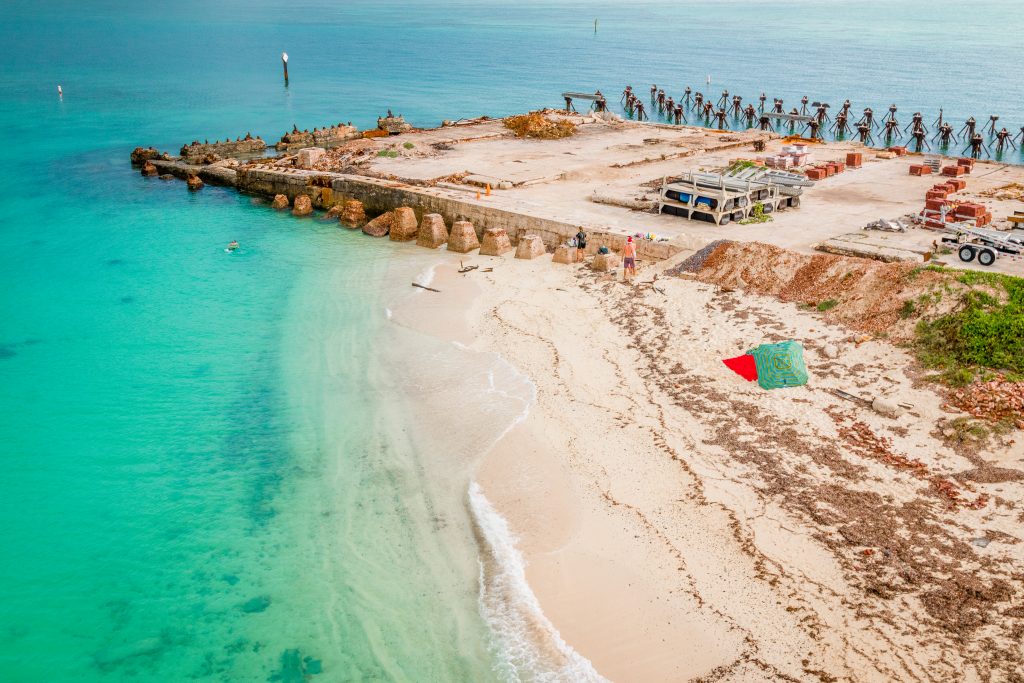
Snorkel in Florida Keys Reef System
Snorkeling has been in my bucket list for so long and I am glad that I accomplished it during my Key West trip. Dry Tortugas has one of the undisturbed coral reef systems and is the third largest in the world. Dry Tortugas is the best place to snorkel for beginners as it has shallow waters. If you arrive at the island using Ferry or seaplane, then there are wide options to snorkel. The complimentary snorkeling equipment is provided on the ferry.
I wanted to snorkel and hence grabbed the snorkeling equipment after our lunch. I highly recommend you to snorkel with the experienced ones, like us. After our fort tour, we found Mike and his papa in their camping site. They extended their wish to help us snorkel in the water and guide us. If not were them, we wouldn’t have tried it at all as we don’t know swimming. I always have fear of water and especially, an ocean. I have never tried getting into water whenever I visited beaches but this time I wanted to see the coral reefs and experience it. I know snorkeling would be tough for beginners then I wanted to give it a try. We had 3 hours and spent most of our time in the water.
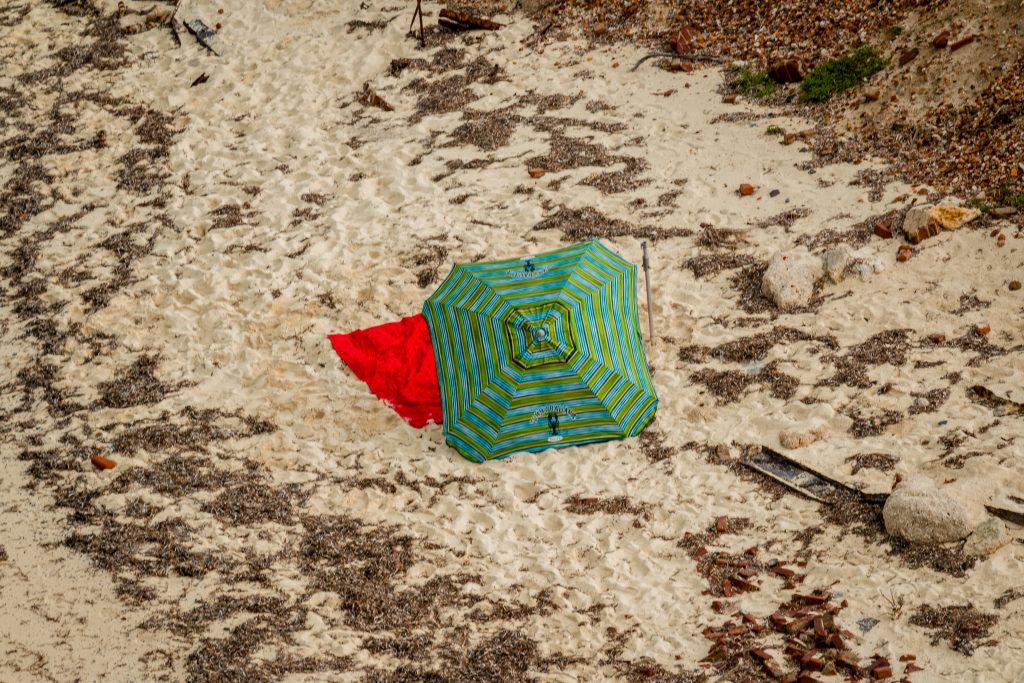
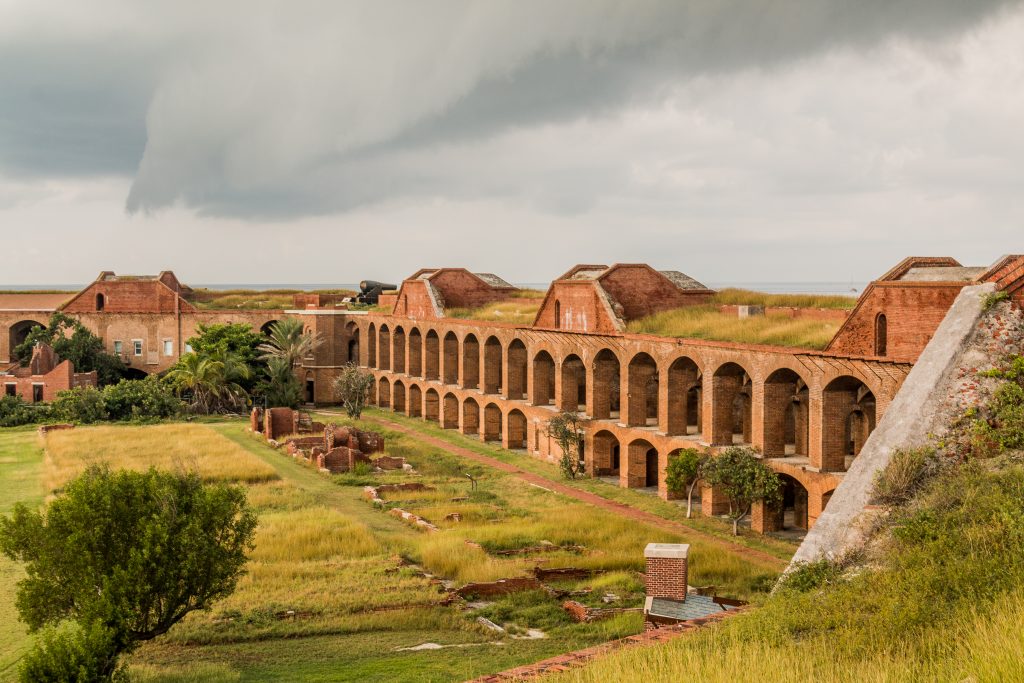
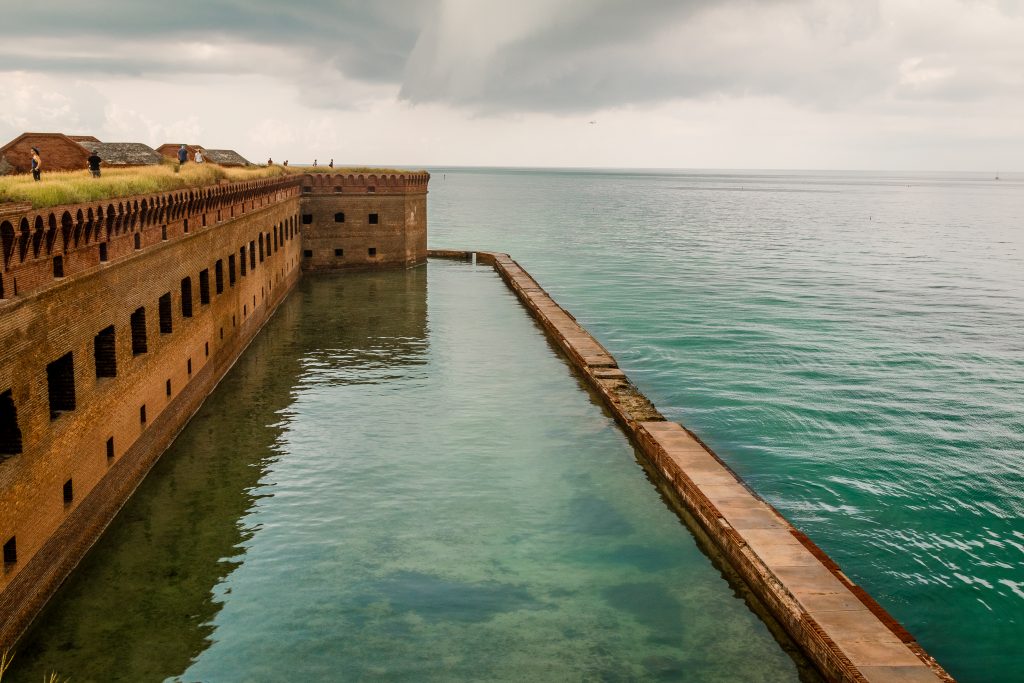
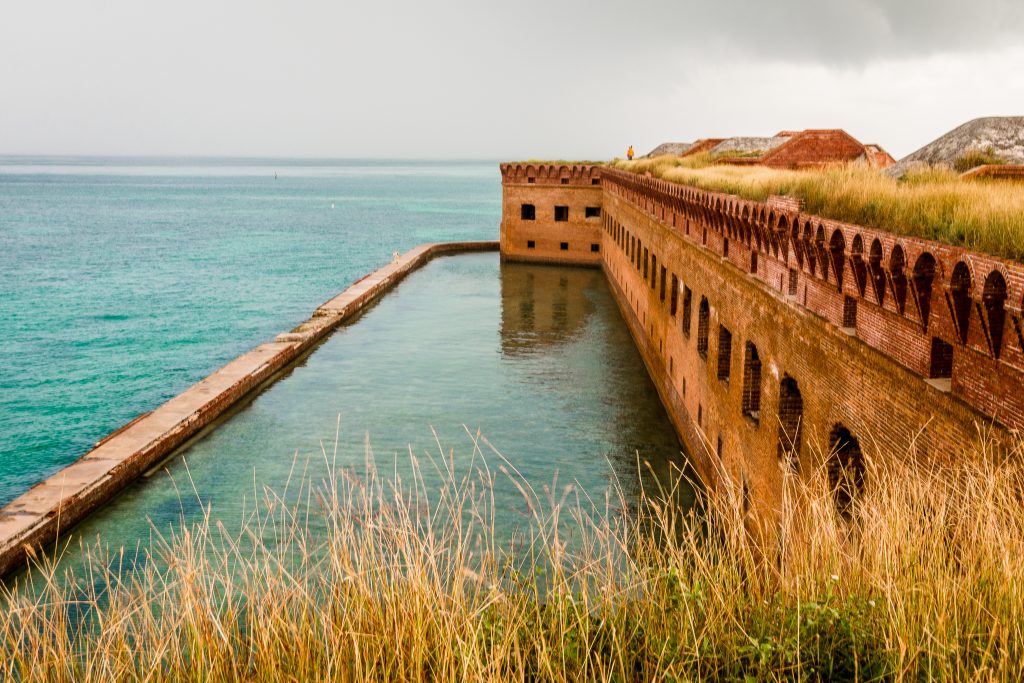
Mike and his papa initially taught us to do dog walk in the water and later taught us to float in the water. It was one of a lifetime experience, where I tried to float in the water but then drowned in the water many times and sometimes was carried away by the water. Most of the times Mike and SAN had to pull me from drowning inside. The water is shallow and hence no need to panic. As Mike referred, the best way to experience the sea life is not to get panic by the waters. I did initially and drank so much salt water. The real challenge is holding your breath when you are inside water and breathe through the mouth with the equipment in place during snorkeling. This was really tough for me as I opened my mouth often and let the water inside the equipment. And moreover, the complimentary snorkeling equipment provided was not ideal for the beginners. Mike lent his equipment to us and it covered the entire face helping us to breathe freely inside water. They were so kind enough to spend their time teaching me and SAN as how to float. The most important thing is I enjoyed being in the water and loved to snorkel properly but then we had limited time on our hand. We saw a wheel inside the water and saw a few corals picked up by others.
Finally, after 3 hours in water, we bid waved bye to Mike and his papa. They were camping for the next two days and we invited them to visit us in Burgh once they are back from their trip.
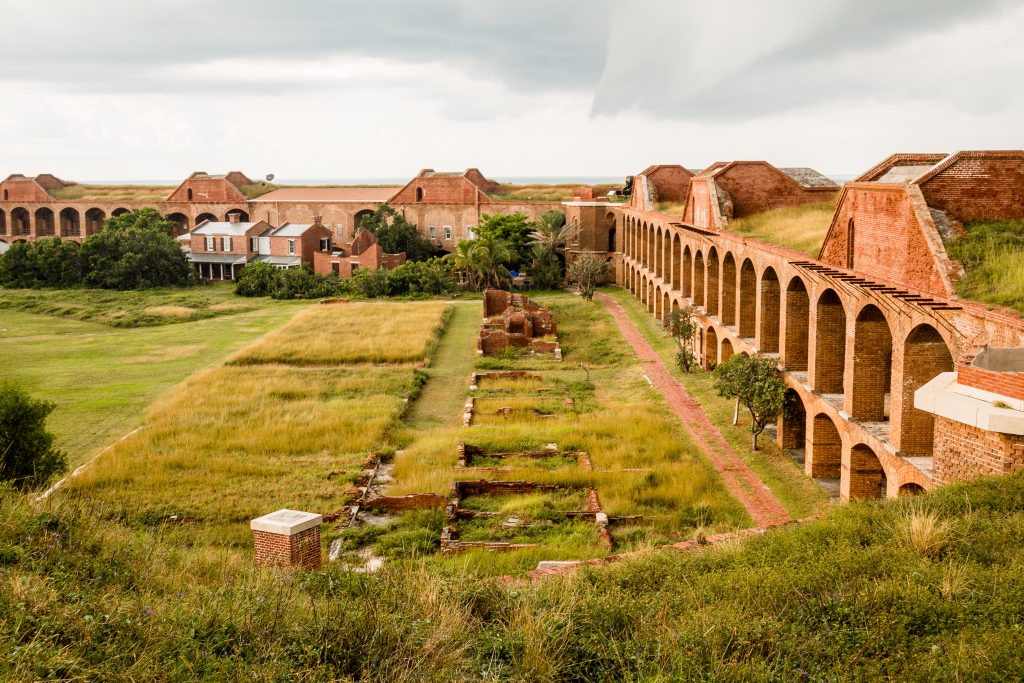
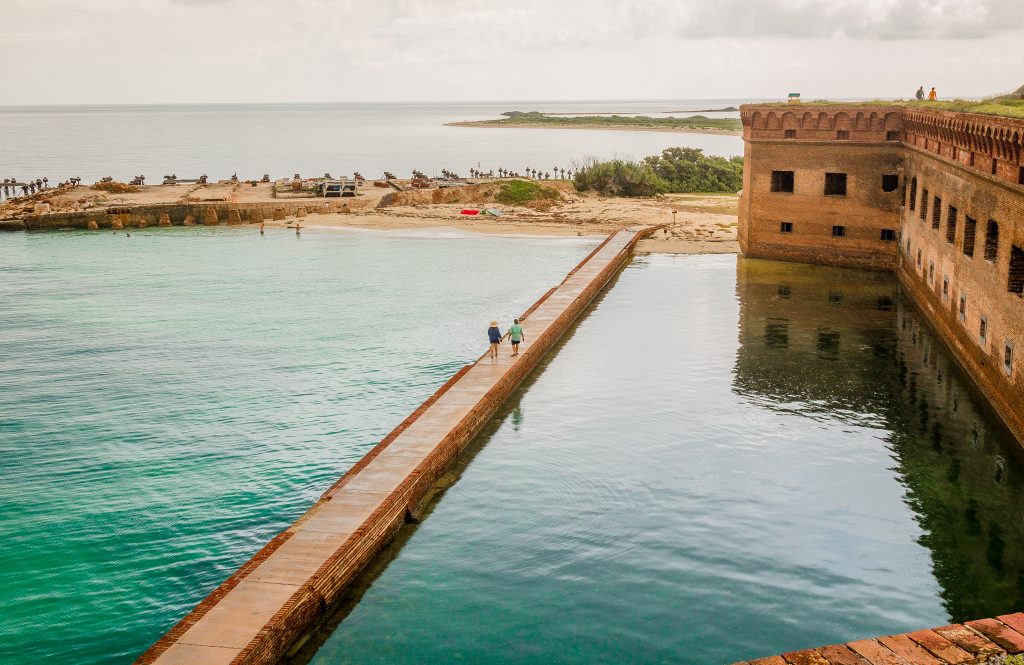
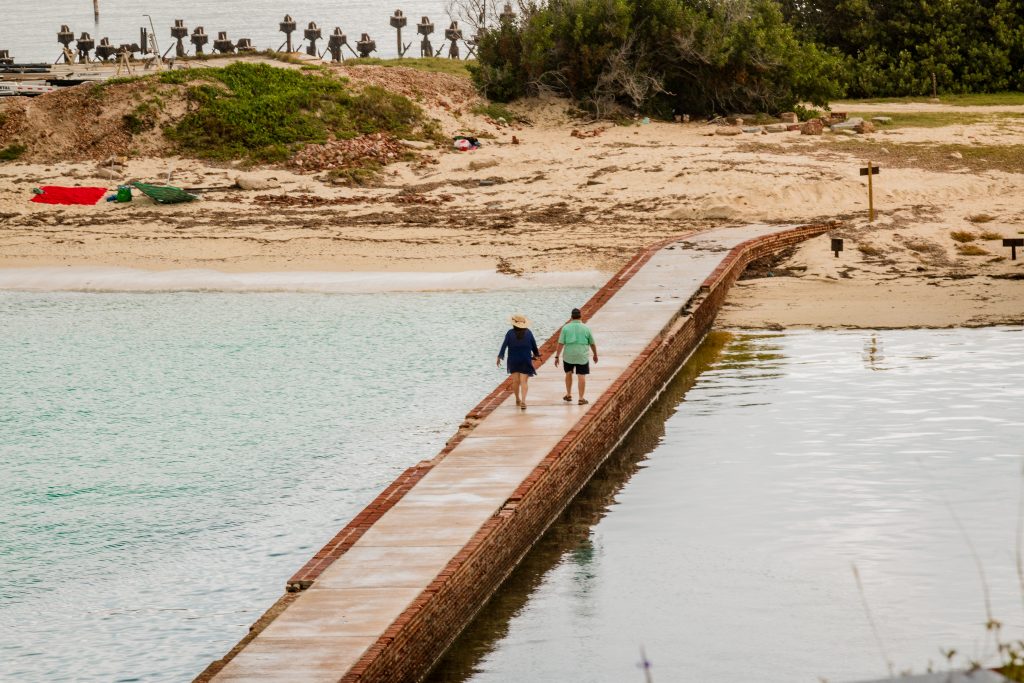
Wildlife Viewing & Bird Watching
After being in the water for 3 hours, we decided to walk along the island for viewing the wildlife. You will see a number of Hermit Crabs throughout the island. I was surprised to see so many shells in the campsite but then when I took a closer look, I was shocked. They were Hermit Crabs. These crabs occupied the shells and once they grow up them discard their shells. And then moves back to the water. We were surprised to see them and followed them all along. 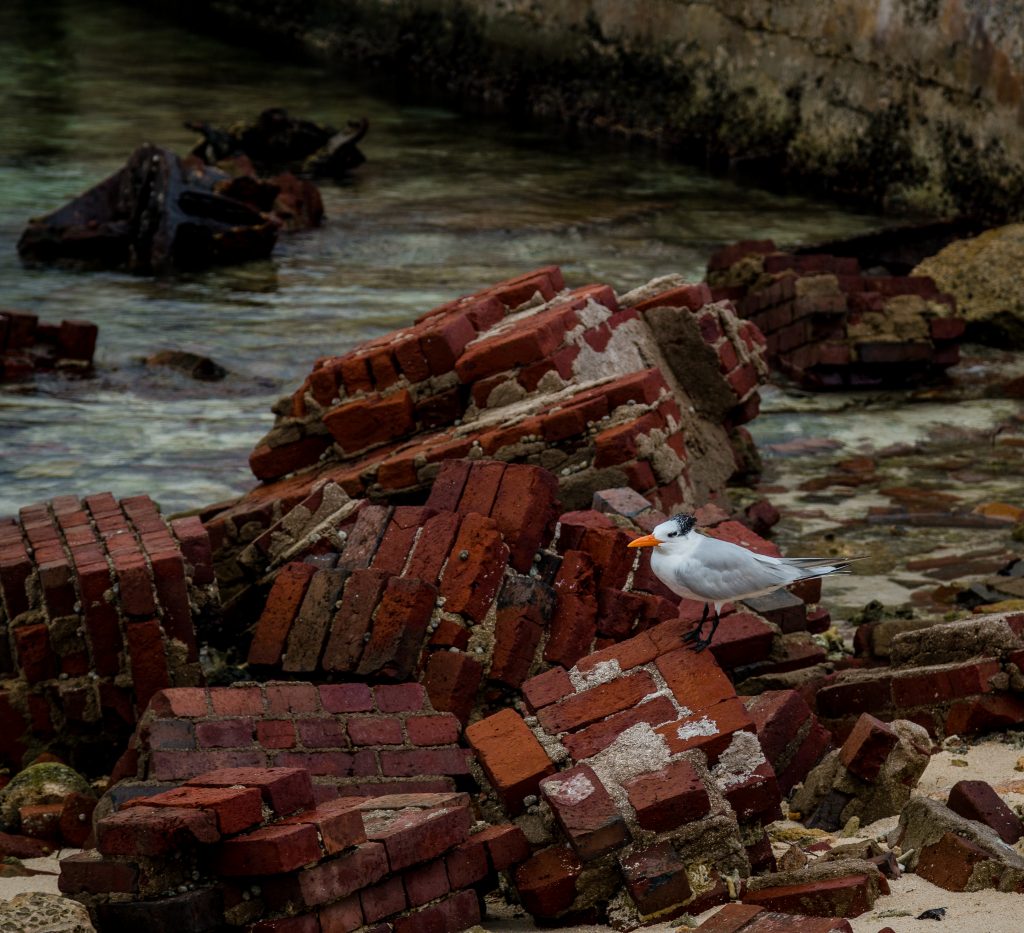
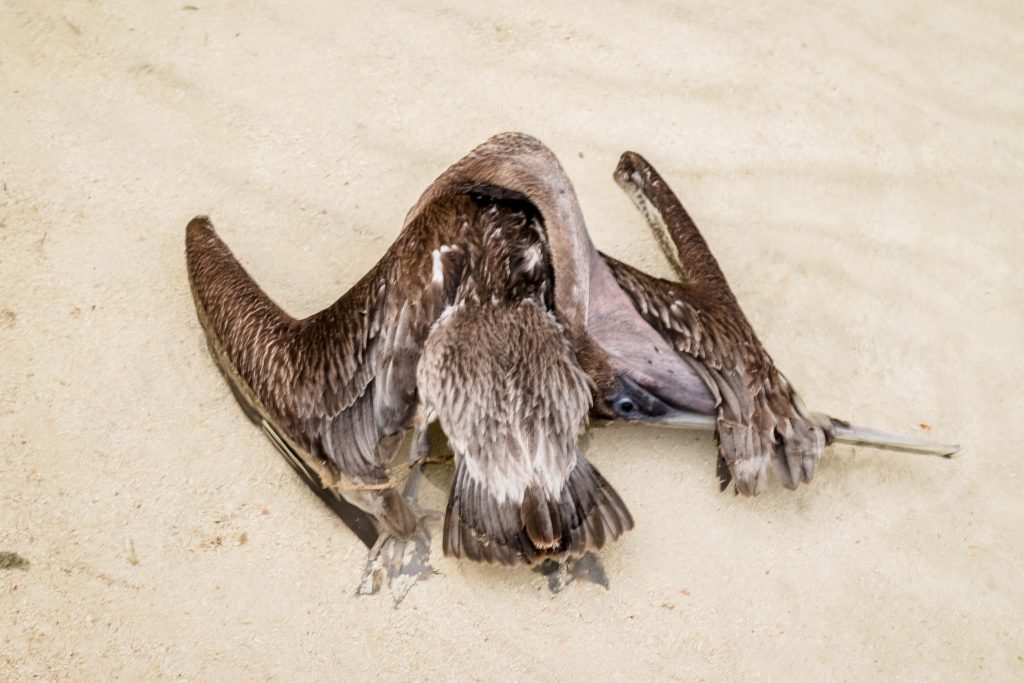
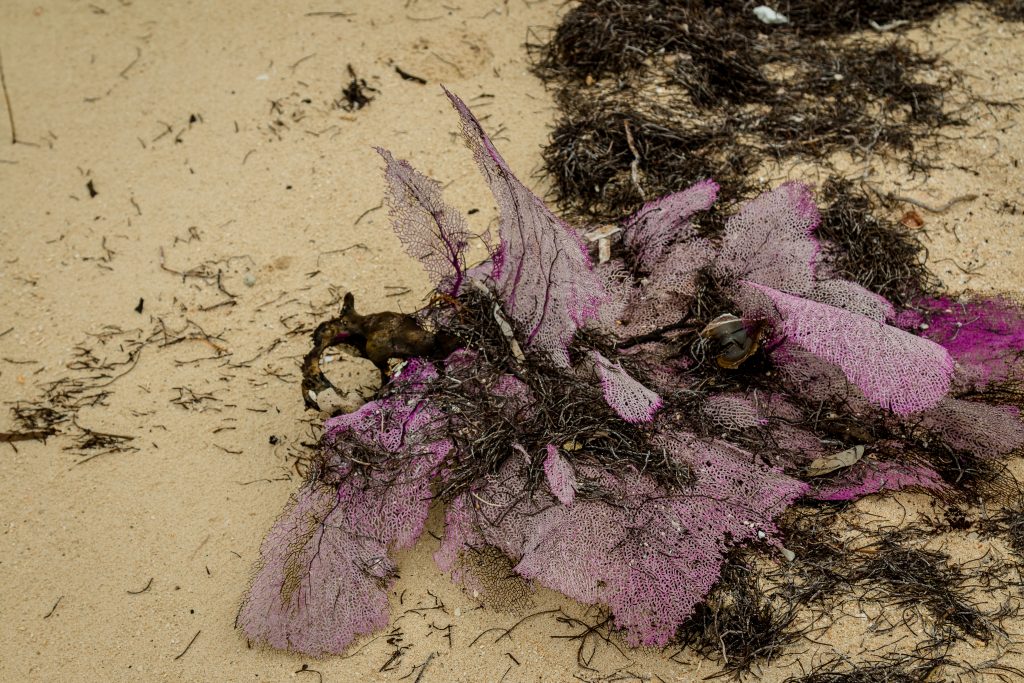
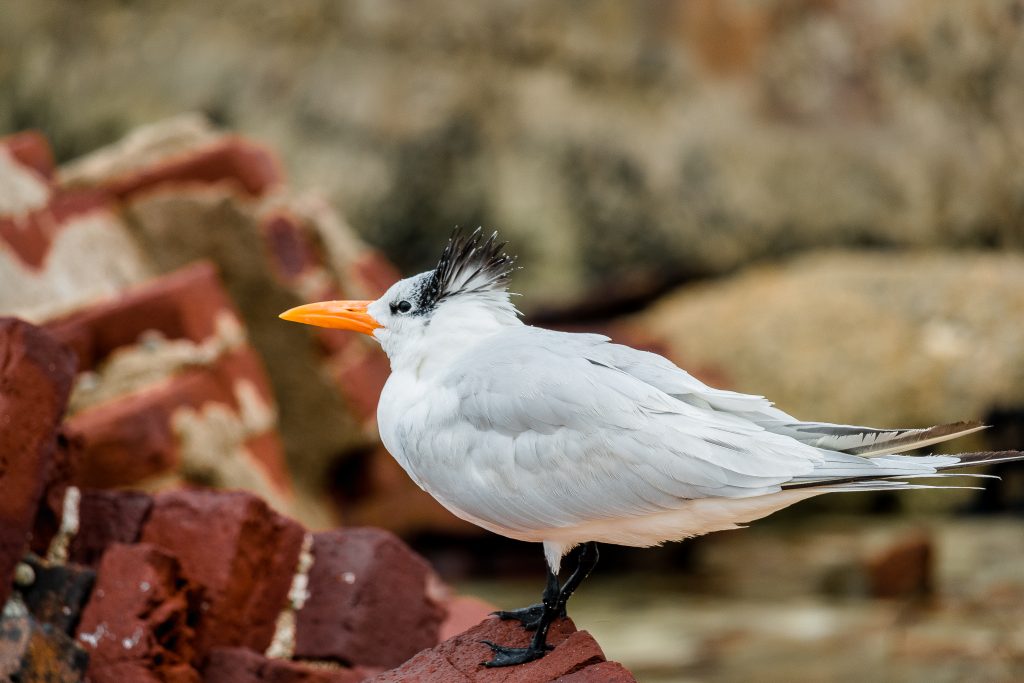
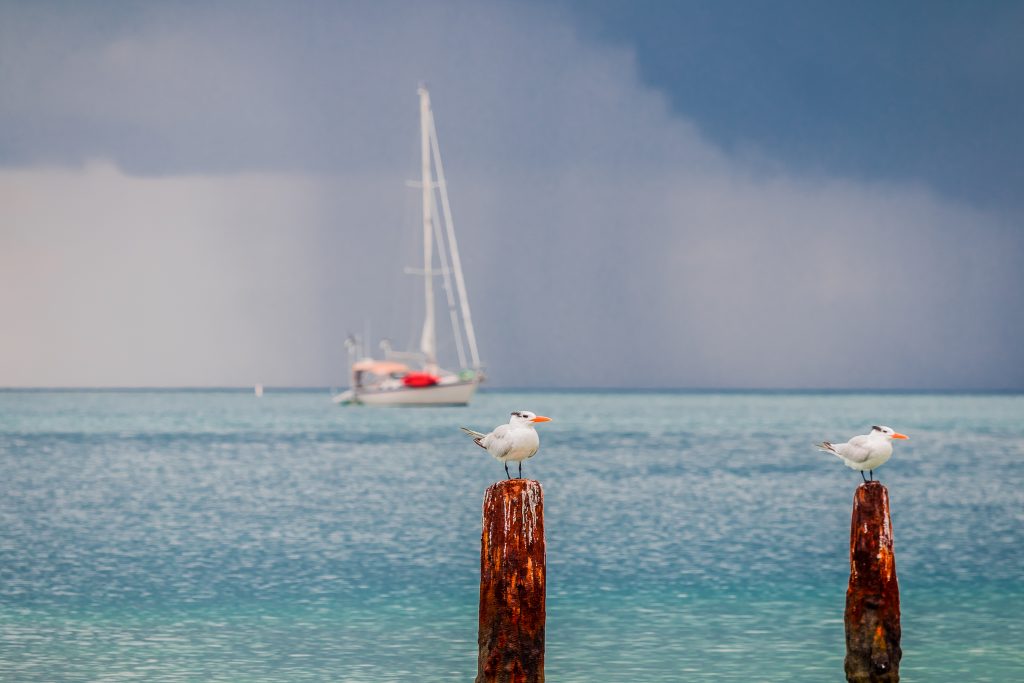
We also saw a white crab in the moat around the fort and saw a dead pelican in the moat. The coaling pier pilings are home of sooty tern and pelicans. Dry Tortugas National Park is a world-class birding destination, especially during spring migration. Nearly 300 hundred species of birds have been spotted in the Dry Tortugas. With some species like the magnificent frigatebird and sooty terns, nesting nowhere else in the continental united states, except for the islands of the Dry Tortugas. Imagine 100,000 sooty terns all coming home to roost on a tiny speck of land in the middle of the Gulf of Mexico. Keep a lookout for pelagic seabirds on your journey out to the park as well. These seabirds spend almost their entire life over the open ocean. With a little luck, you may be able to spot such rarities as the elegant White-tailed Tropicbird. We walked along the island and captured birds through my lens.
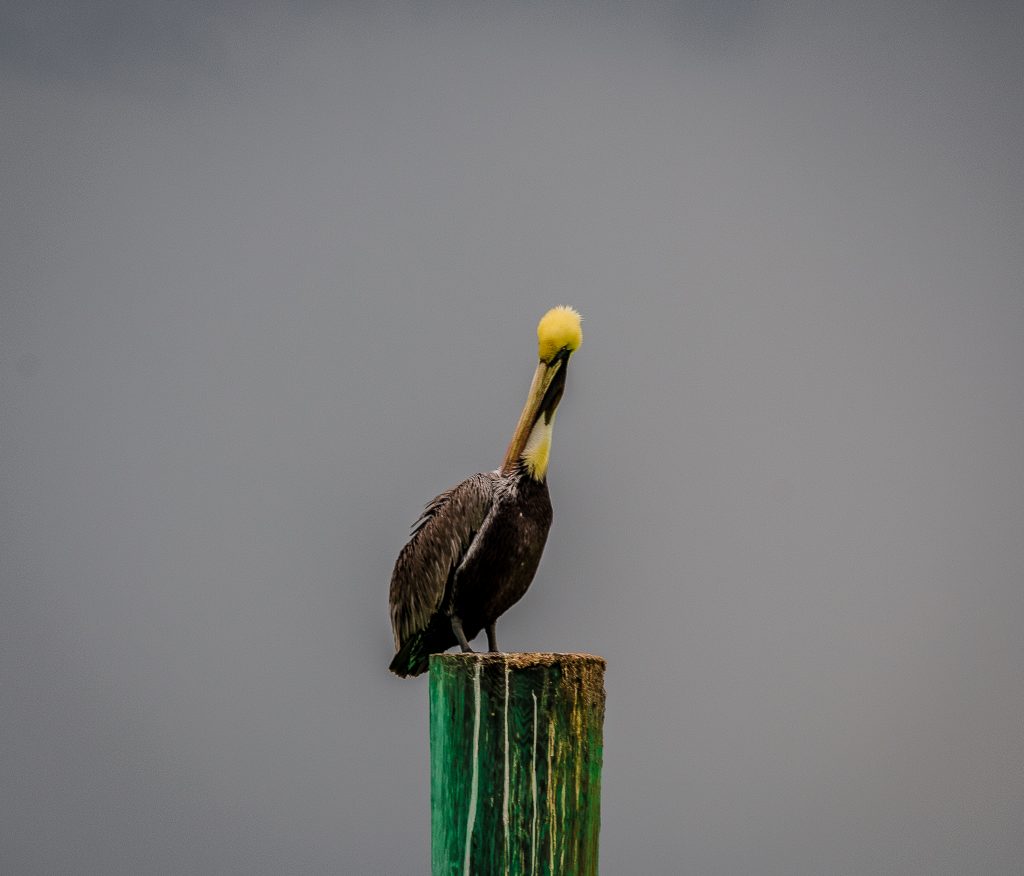
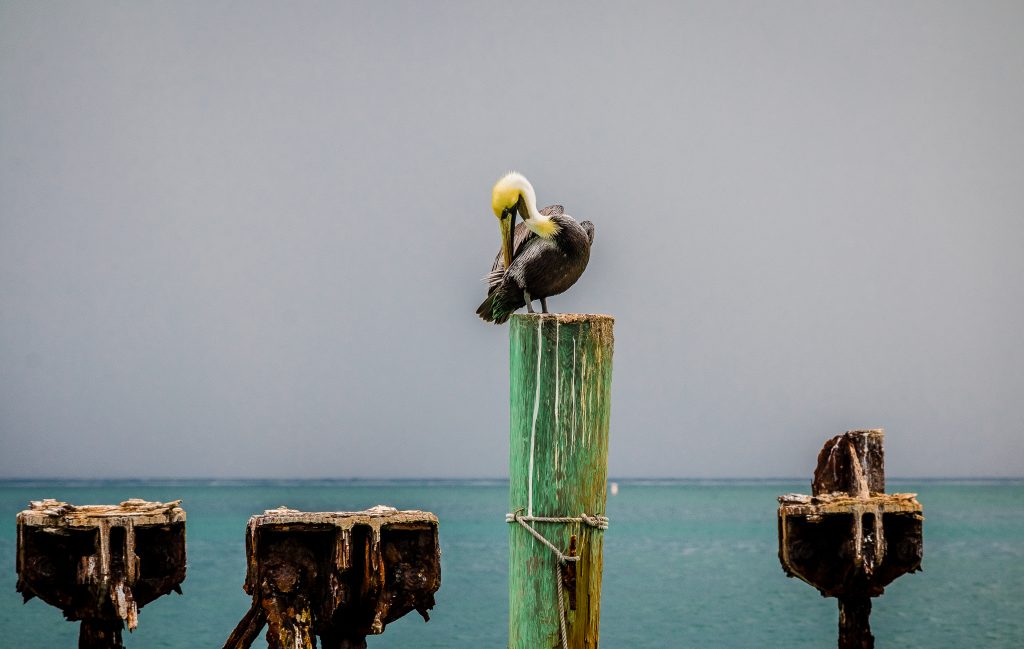
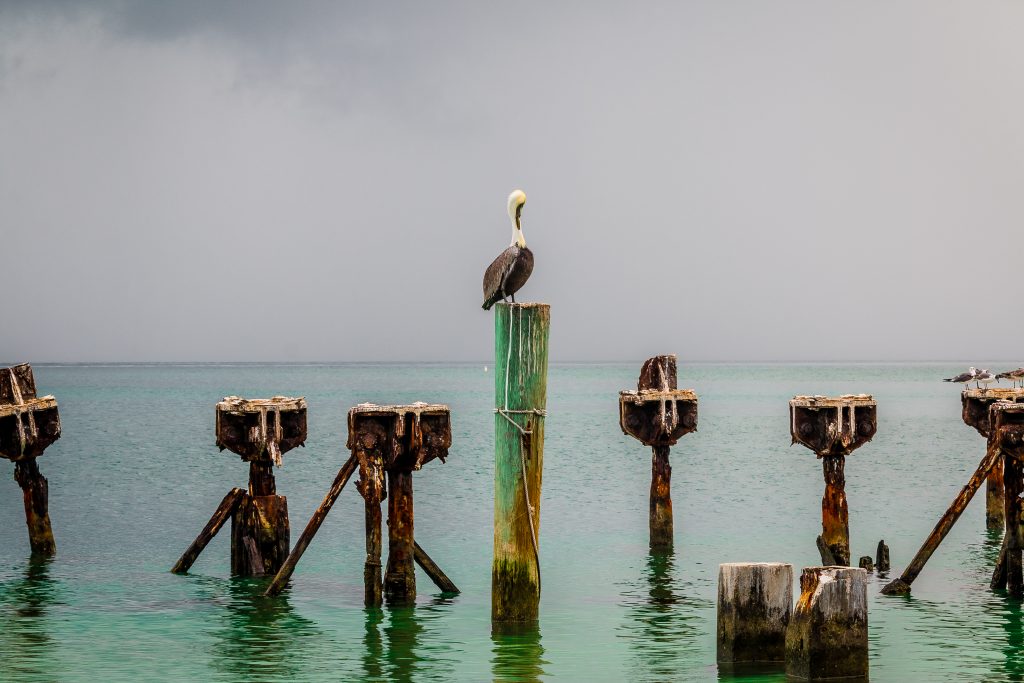
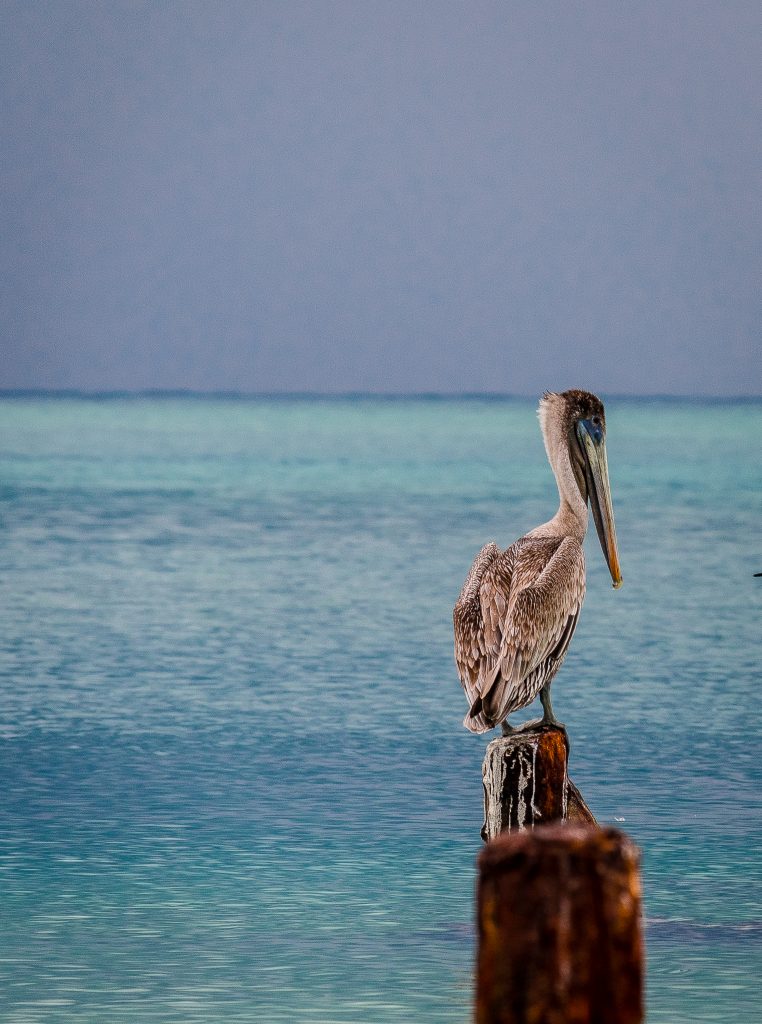
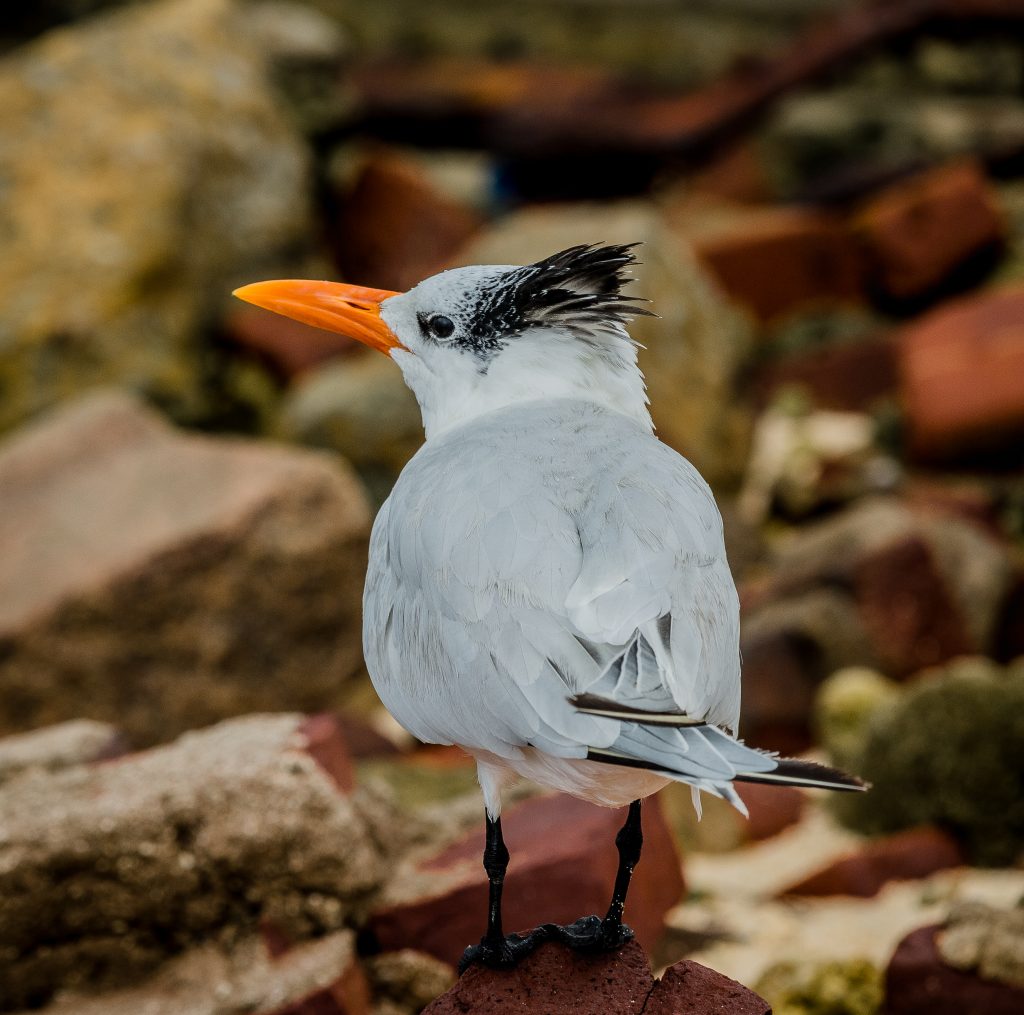
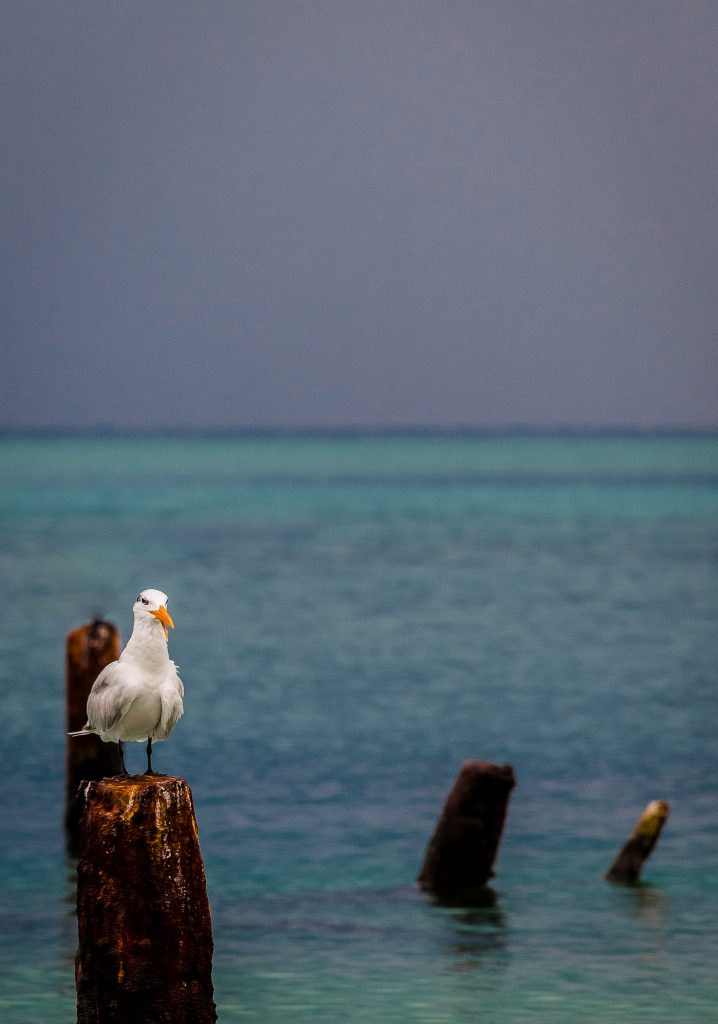
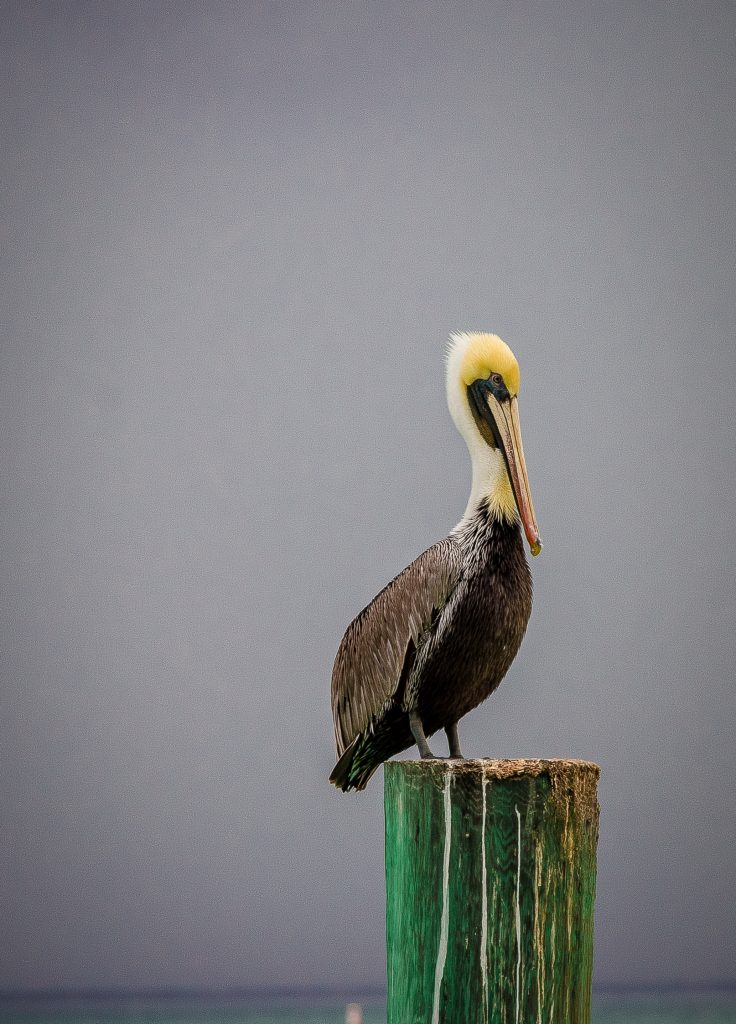
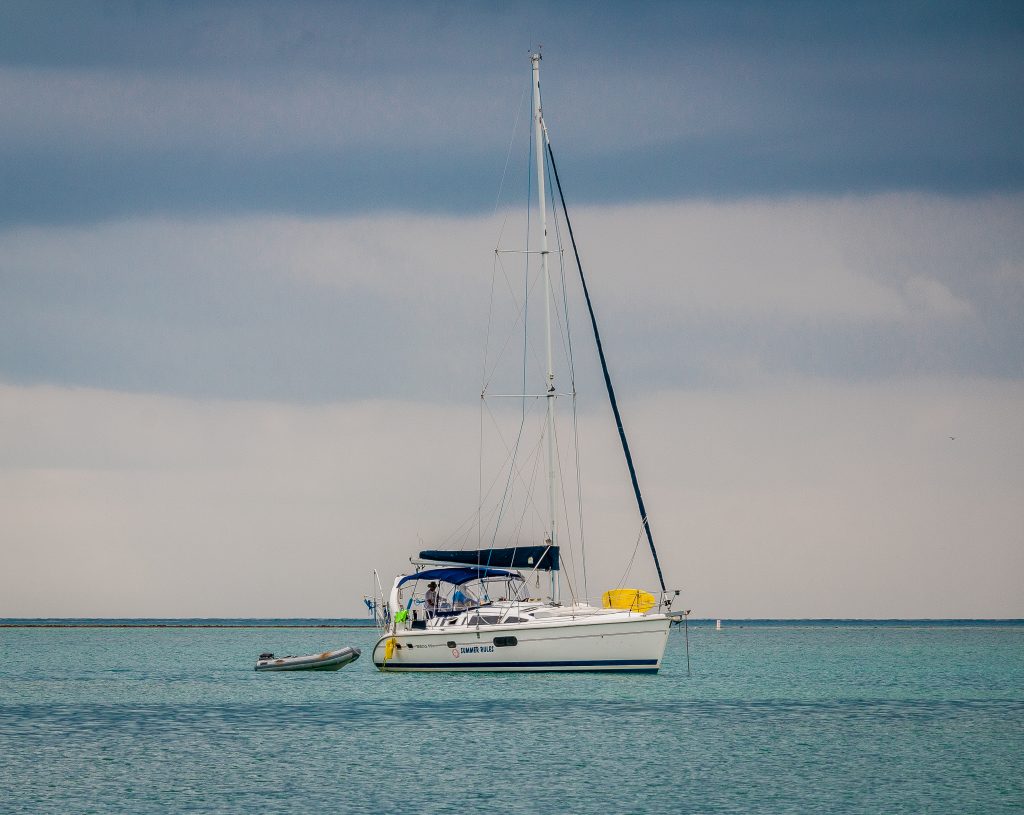
Camping
There are campsites available in the park and many of the visitors visited the park decided to camp in the park site. Mike and his papa also decided to camp in the park. If you are camping, you need to bring your own tents, kayak, freshwater sources, and food. Camp in Dry Tortugas for one of the most beautiful experience.
Around 3 PM, we boarded the ferry and started our trip back to Key West. The park has a lot more to offer but then with limited time, we explored and enjoyed the park to the most. We returned back to Key West by 5 PM with a heart full of memories and two new friends for us.



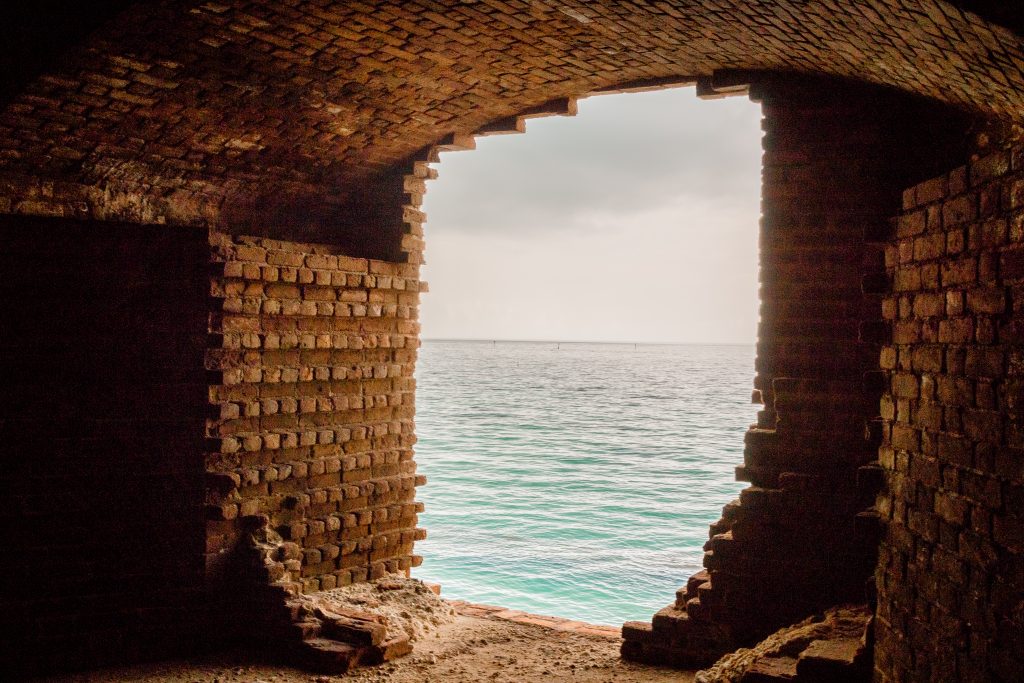
Dry Tortugas National Parks remains as one of the most loved parks in my list and gave me an amazing experienced, eradicated my sea fear and created interest to learn swimming to explore the underwater life.
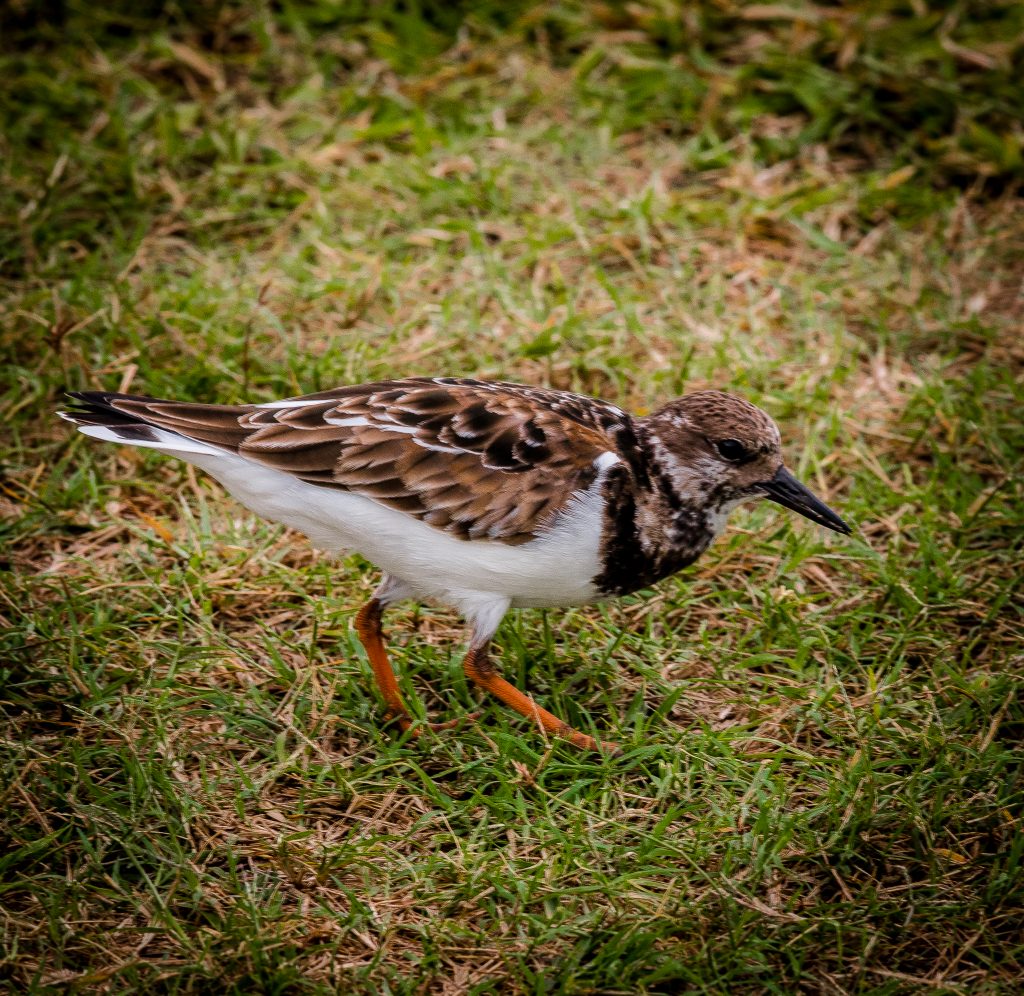
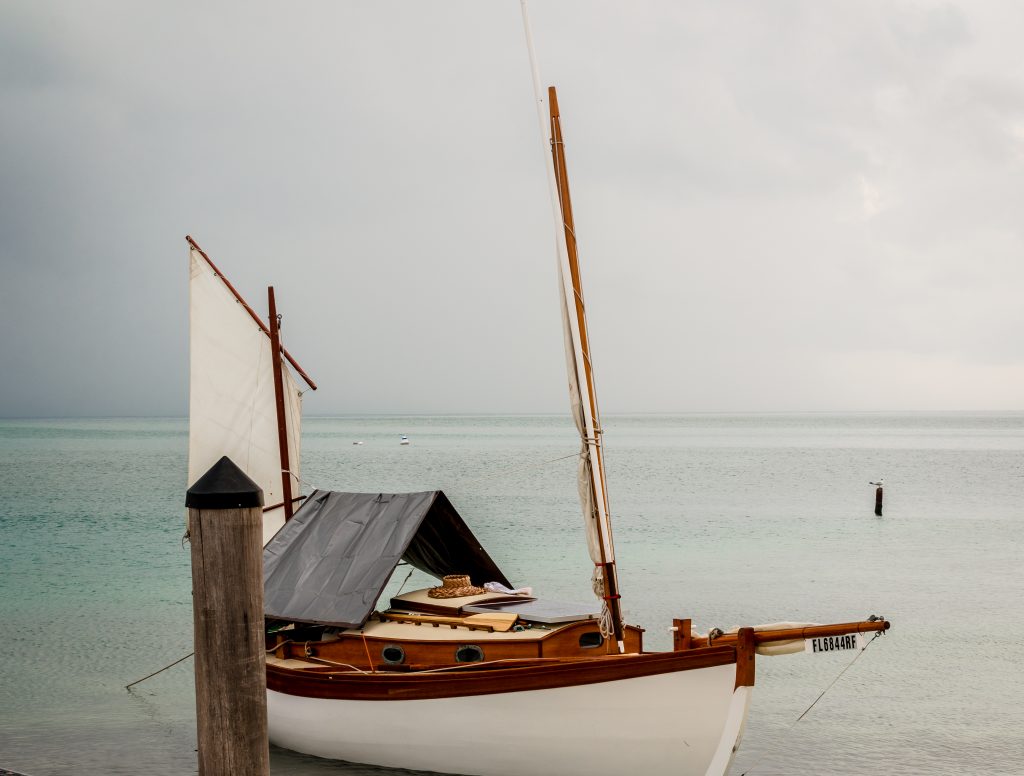
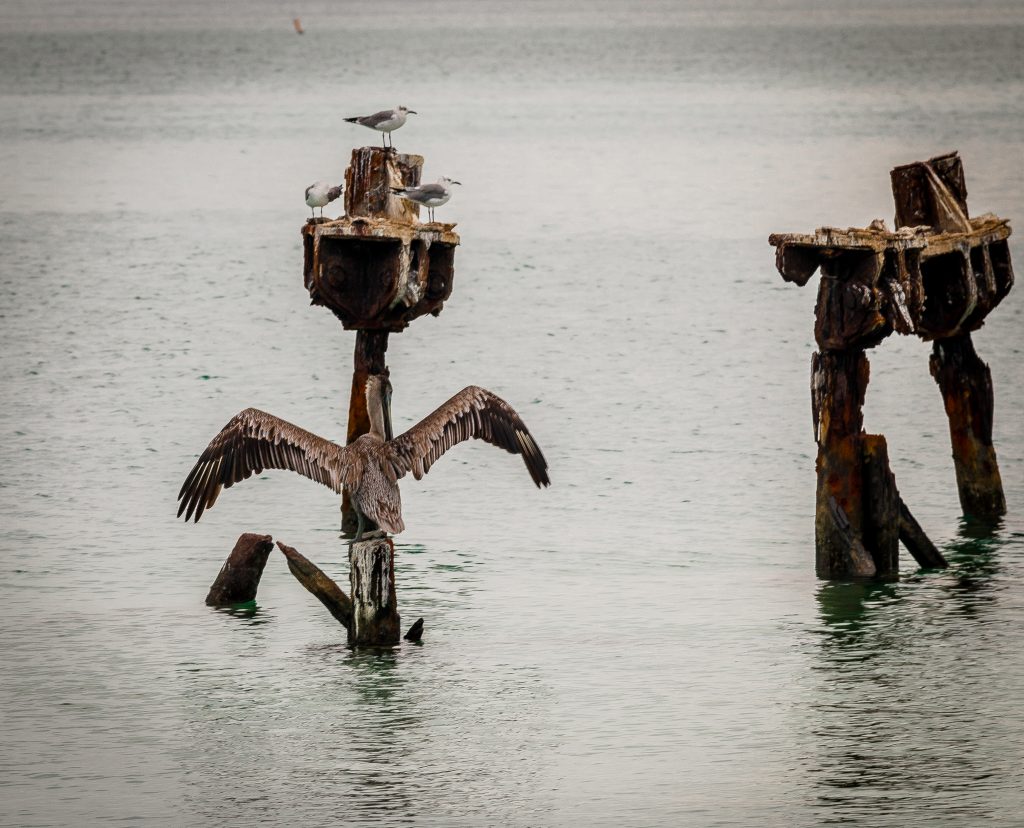
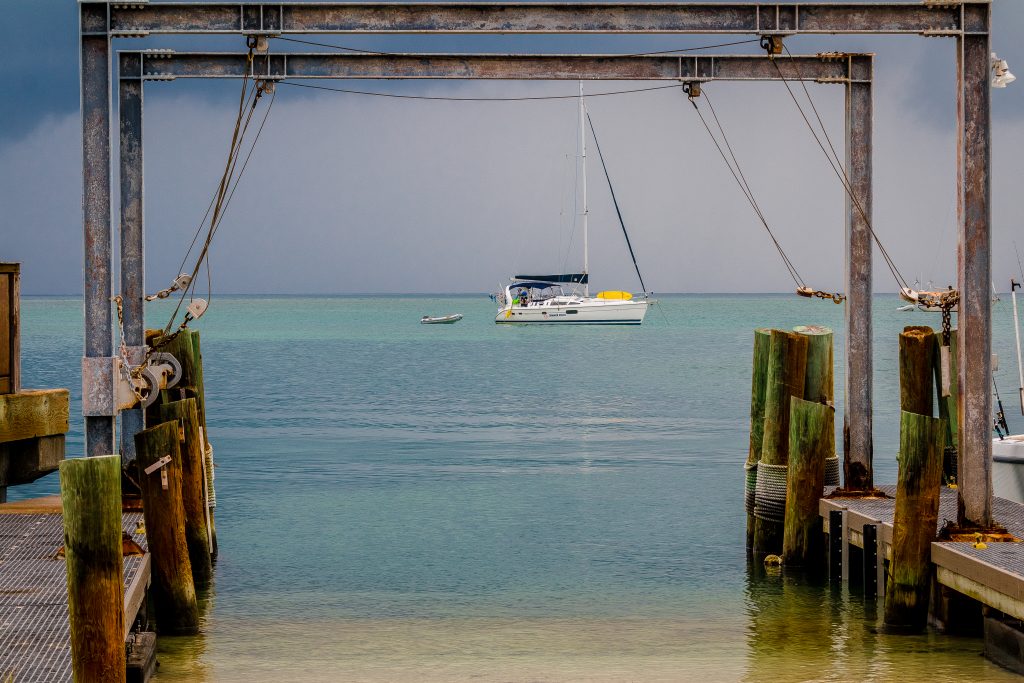

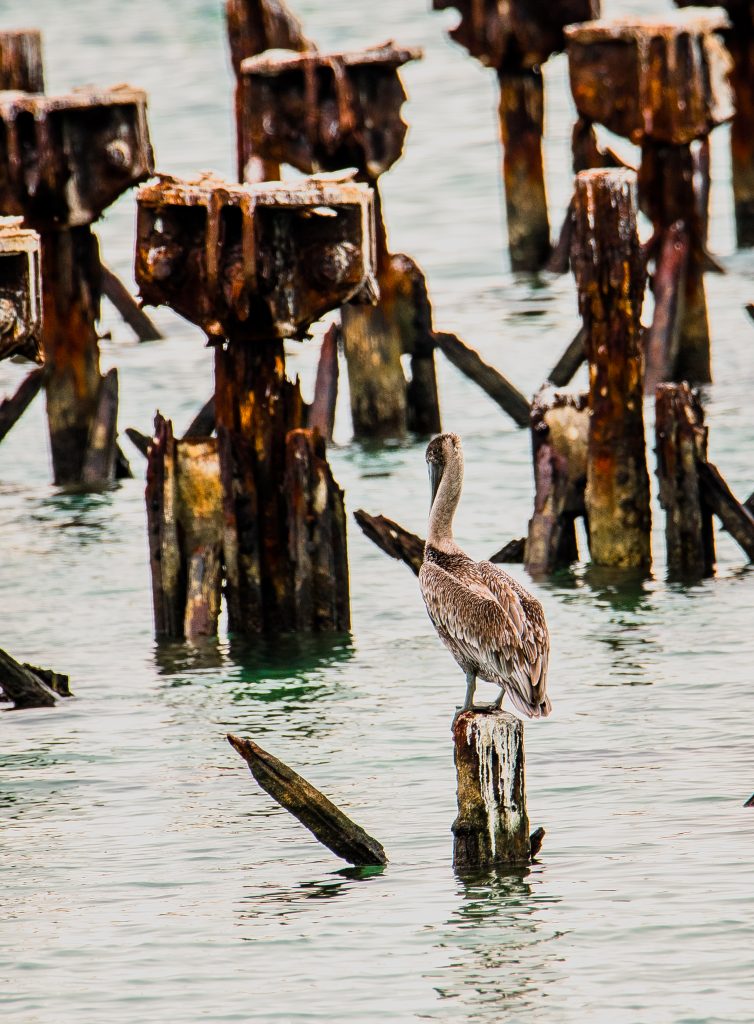
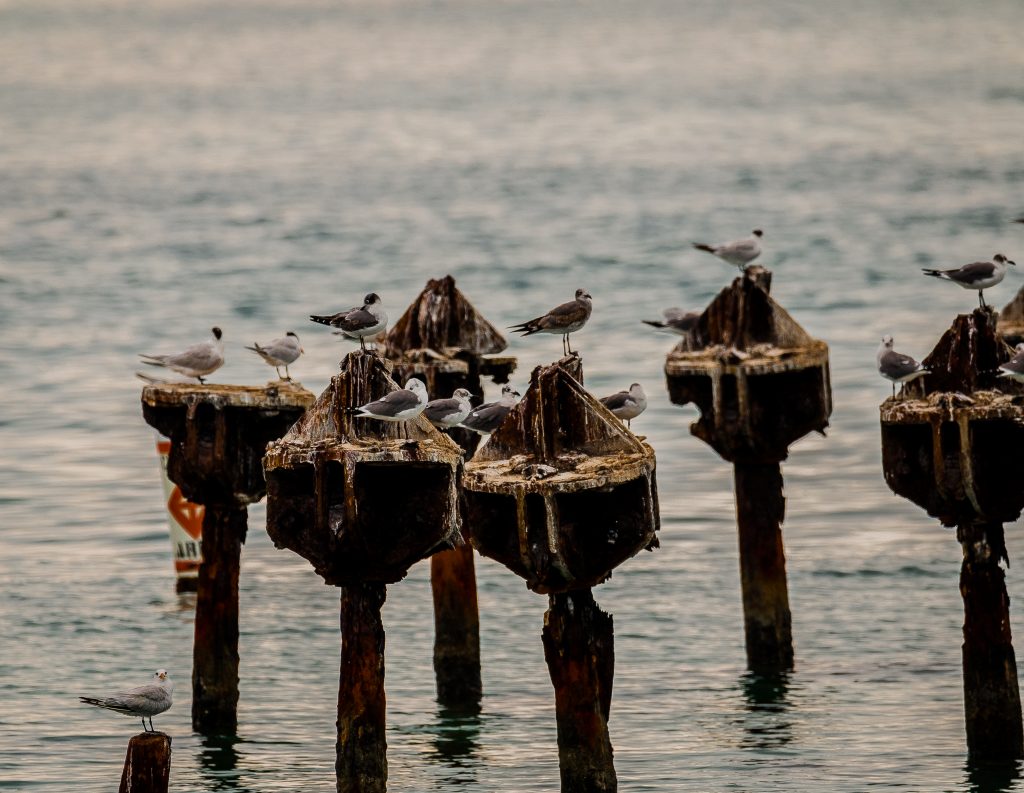
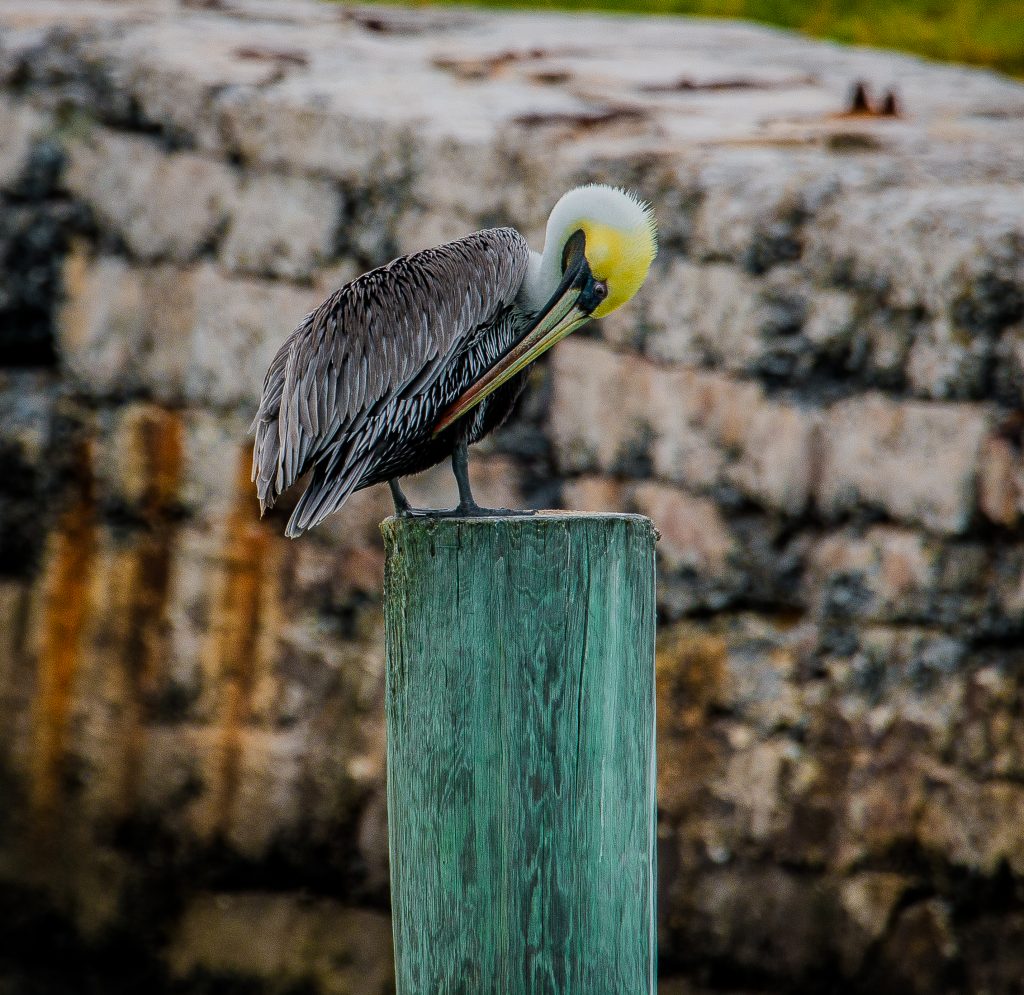
If you like my travelogue and wish to follow my travel stories further, then do like and follow my profile here – Facebook, Google, Instagram
Thanks,
Karthi

